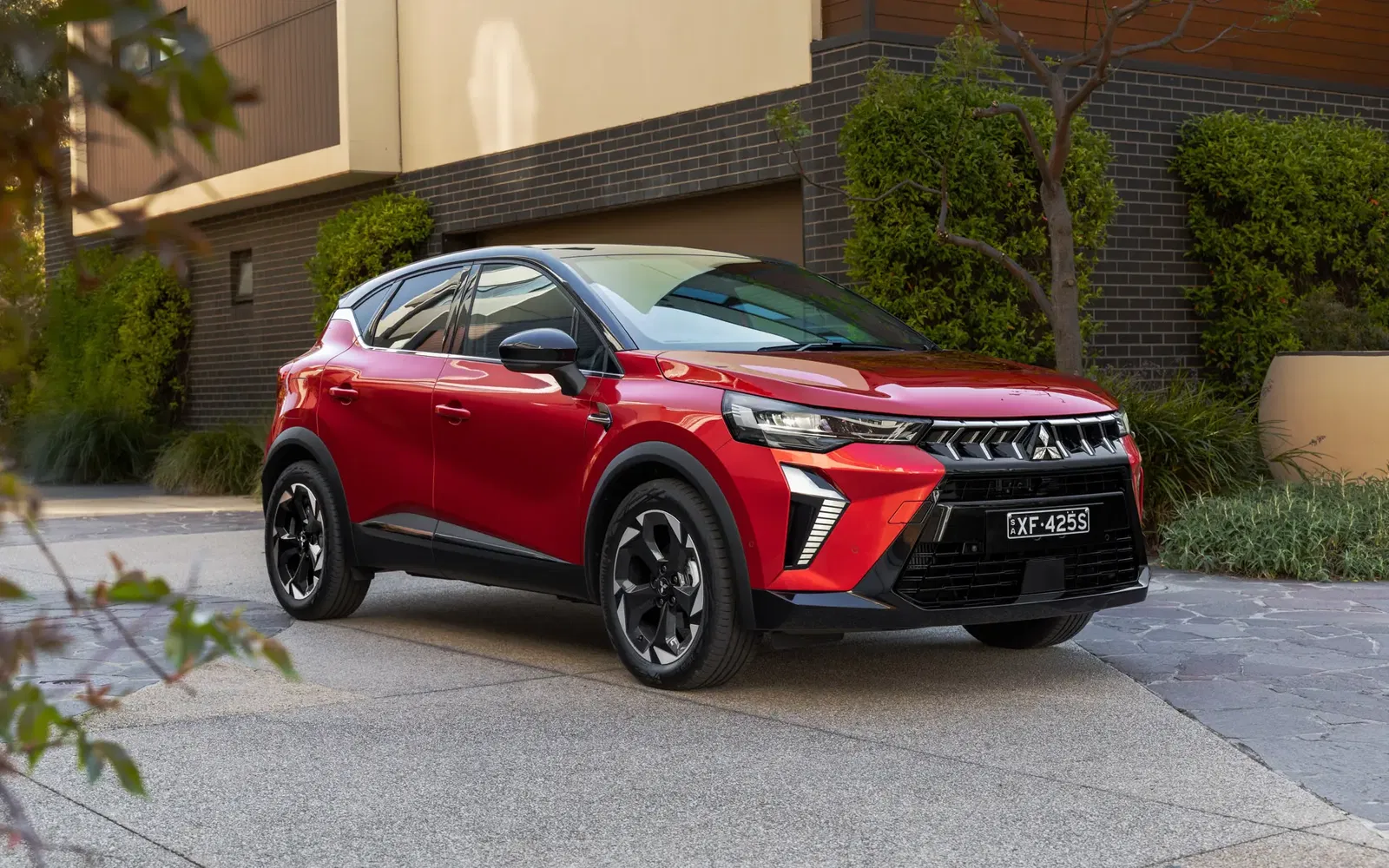
2025 Mitsubishi ASX Review
The 2025 Mitsubishi ASX is now a rebadged Renault Captur. But how does the new European-sourced small SUV fill the shoes of the outgoing model?
C
UNGRADED

C
UNGRADED

What people are saying:
Pros
- Cheap to own
- Pleasant front row
- Strong practicality
Cons
- Too expensive
- Lacklustre back seats
- Key safety omissions for LS grade
After three facelifts and a run of 15 years, the first-generation Mitsubishi ASX has finally been retired. The enduring model was discontinued due to the introduction of new Australian Design Rules regarding the autonomous emergency braking system.
There’s no denying that the ASX was certainly showing its age by the end of its life, but its longevity wasn’t without reason. Aussie car buyers loved the reliability, practicality, and, crucially, the affordability of Mitsubishi’s small SUV. Australia’s appreciation for the model was shown in its sales figures. In 2024, over 12,000 of them were sold locally.
The 2025 Mitsubishi ASX marks the local arrival of a new generation of the small SUV nameplate. However, now based on the Renault Captur, it is expected to be quite a different model from its predecessor.
But how does that change the ASX? Is it still the value-conscious offering that Australia loved? And how does the new one fit into the small SUV segment? Time to find out!
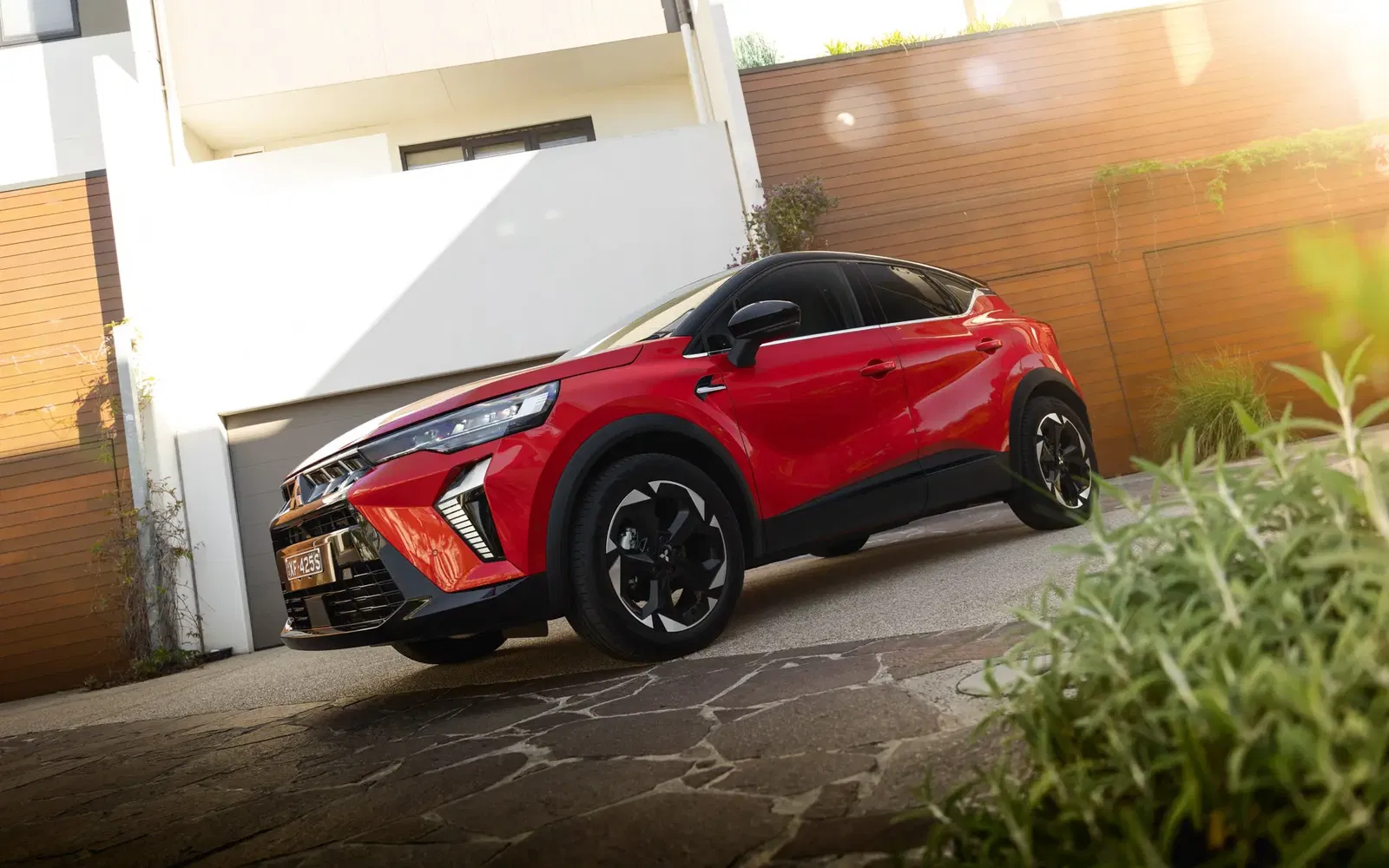
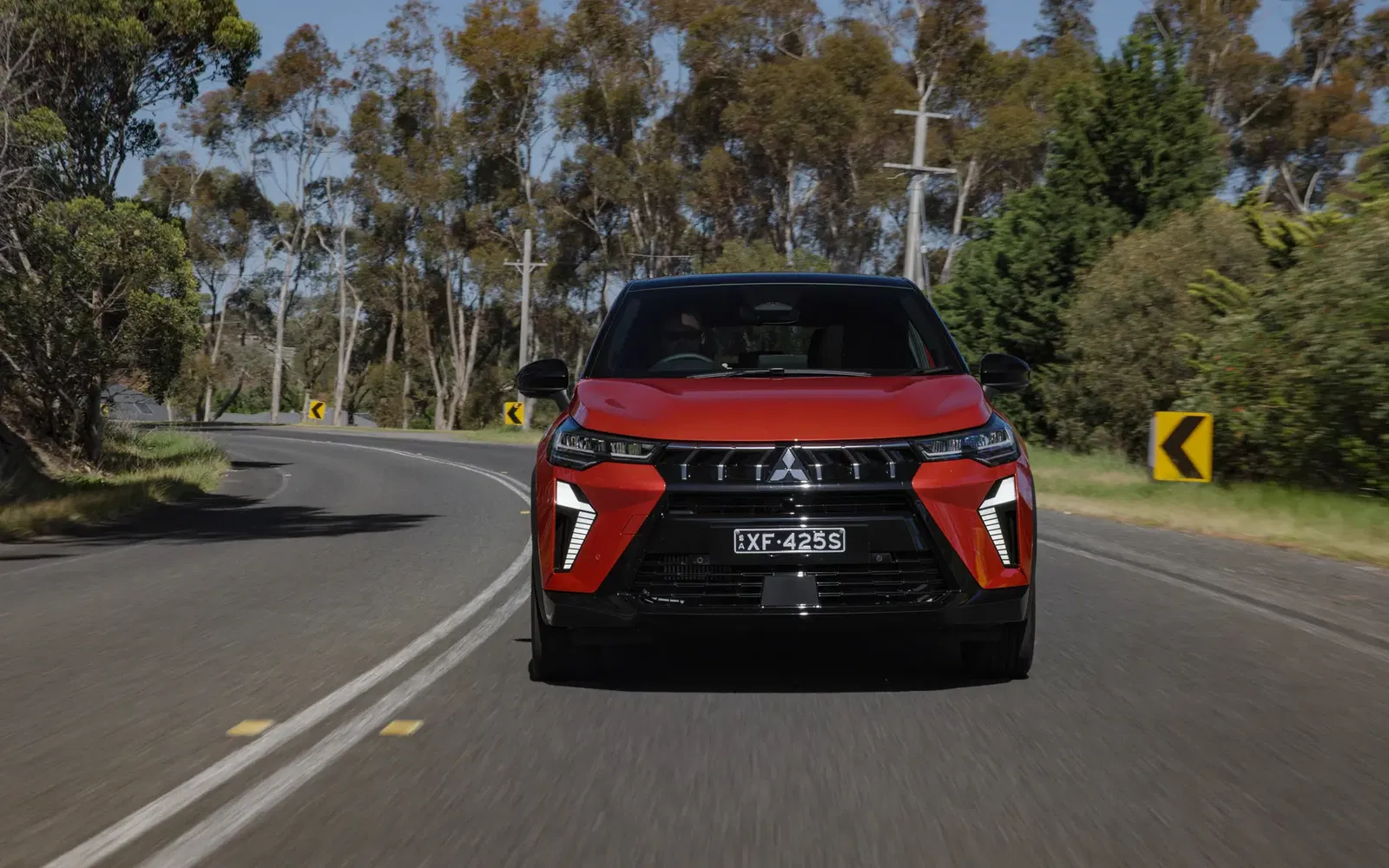
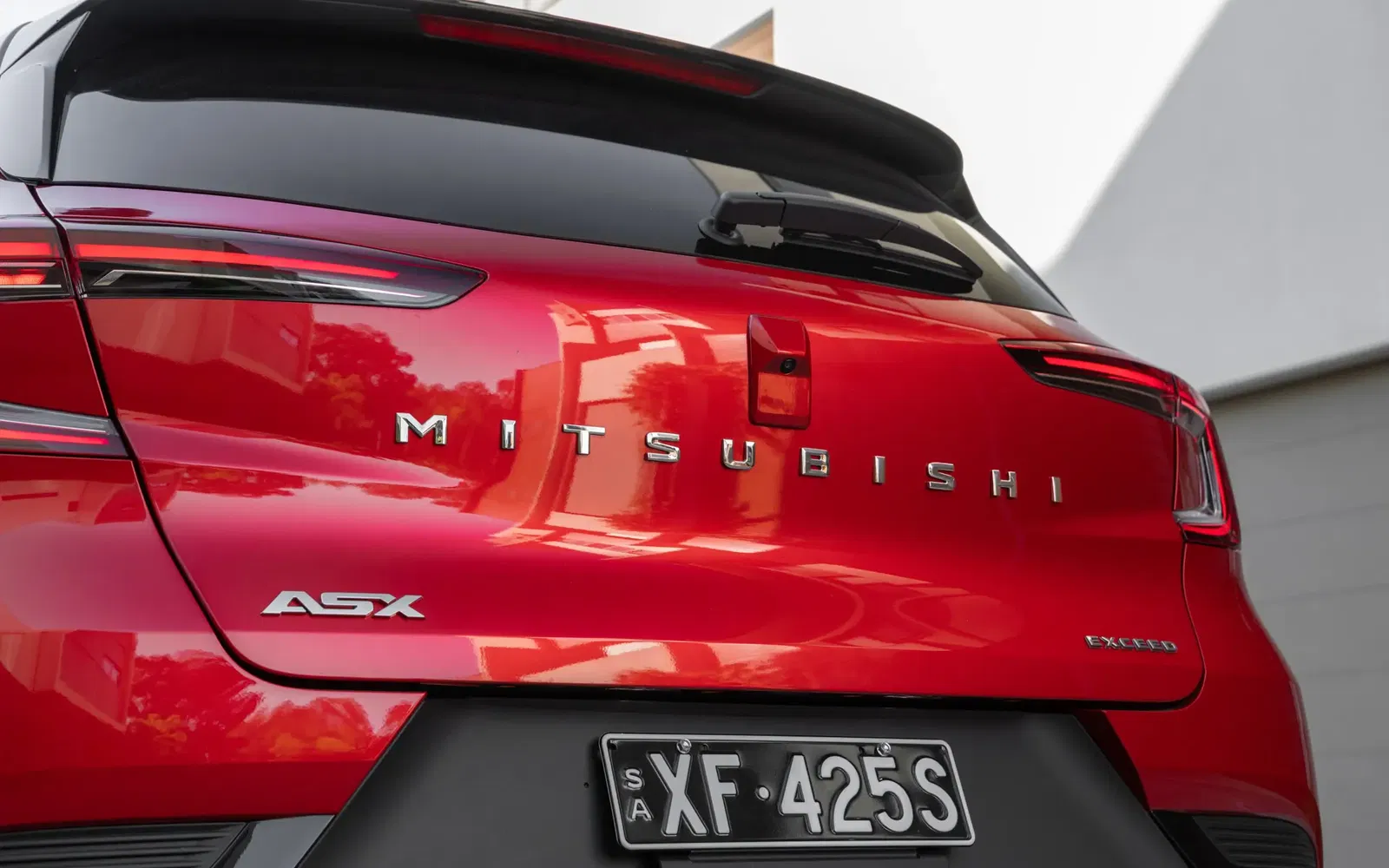
How much does the 2025 Mitsubishi ASX Cost?
Conversations surrounding the 2025 Mitsubishi ASX have been inextricably linked with pricing, even before Australian dollar figures were initially announced. The switch to a European-sourced ASX was expected to change the models’ positioning significantly, and that is exactly what has happened.
Prices for the ASX start at $37,740 before on-road costs for the entry-level LS variant, rising to $42,690 for the mid-grade Aspire and $46,490 for the range-topping Exceed.
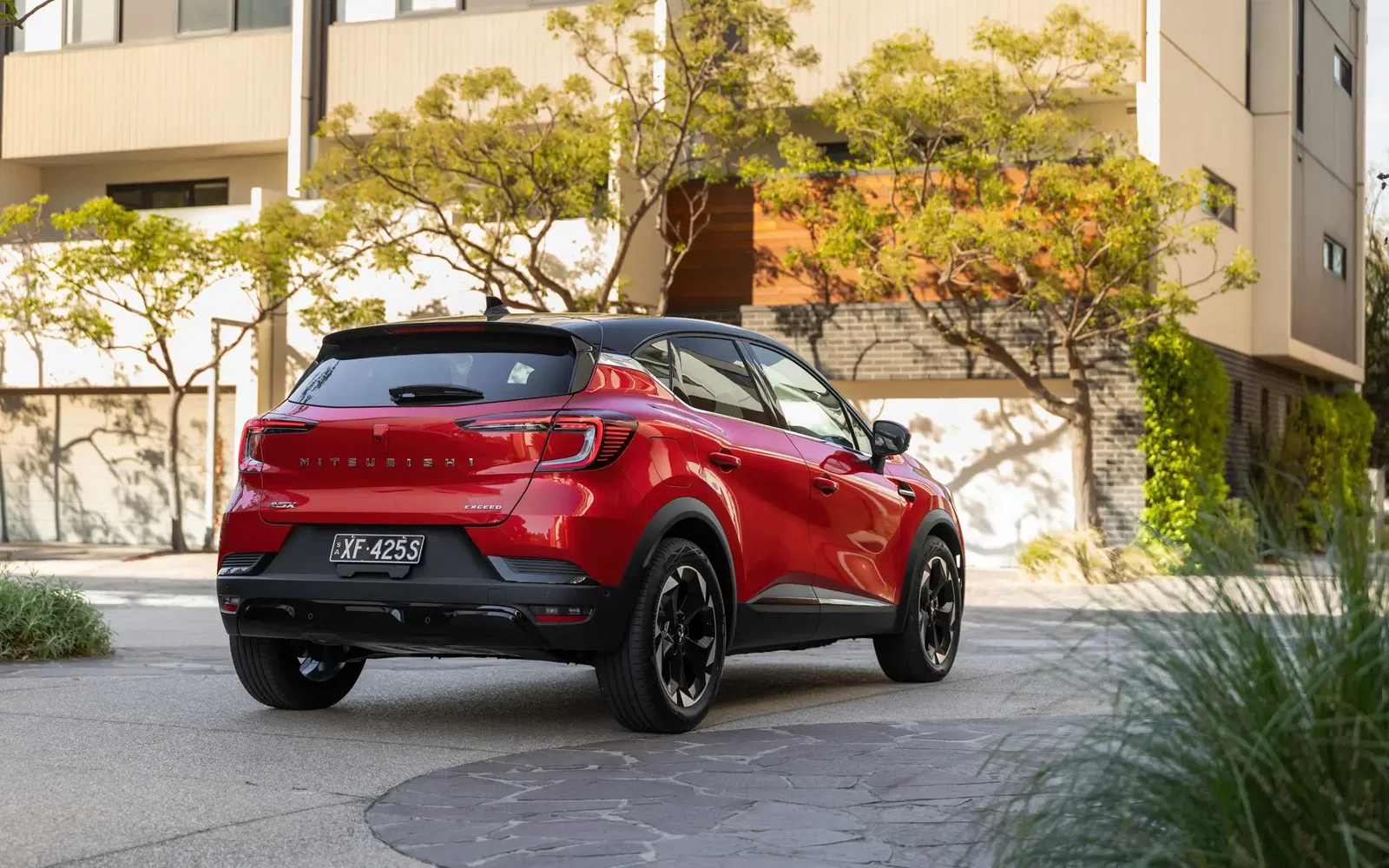
This marks a substantial increase over its predecessor. At the end of its run, prices for the first-generation ASX ranged between $24,490 and $35,240 before on-road costs.
The territory where Mitsubishi’s compact SUV once sat is now occupied by the likes of the Chery Tiggo 4 (with prices ranging from $23,990 to $34,990 drive-away, including the hybrid variants) and the Mahindra XUV 3XO ($23,990 - $26,990 drive-away).
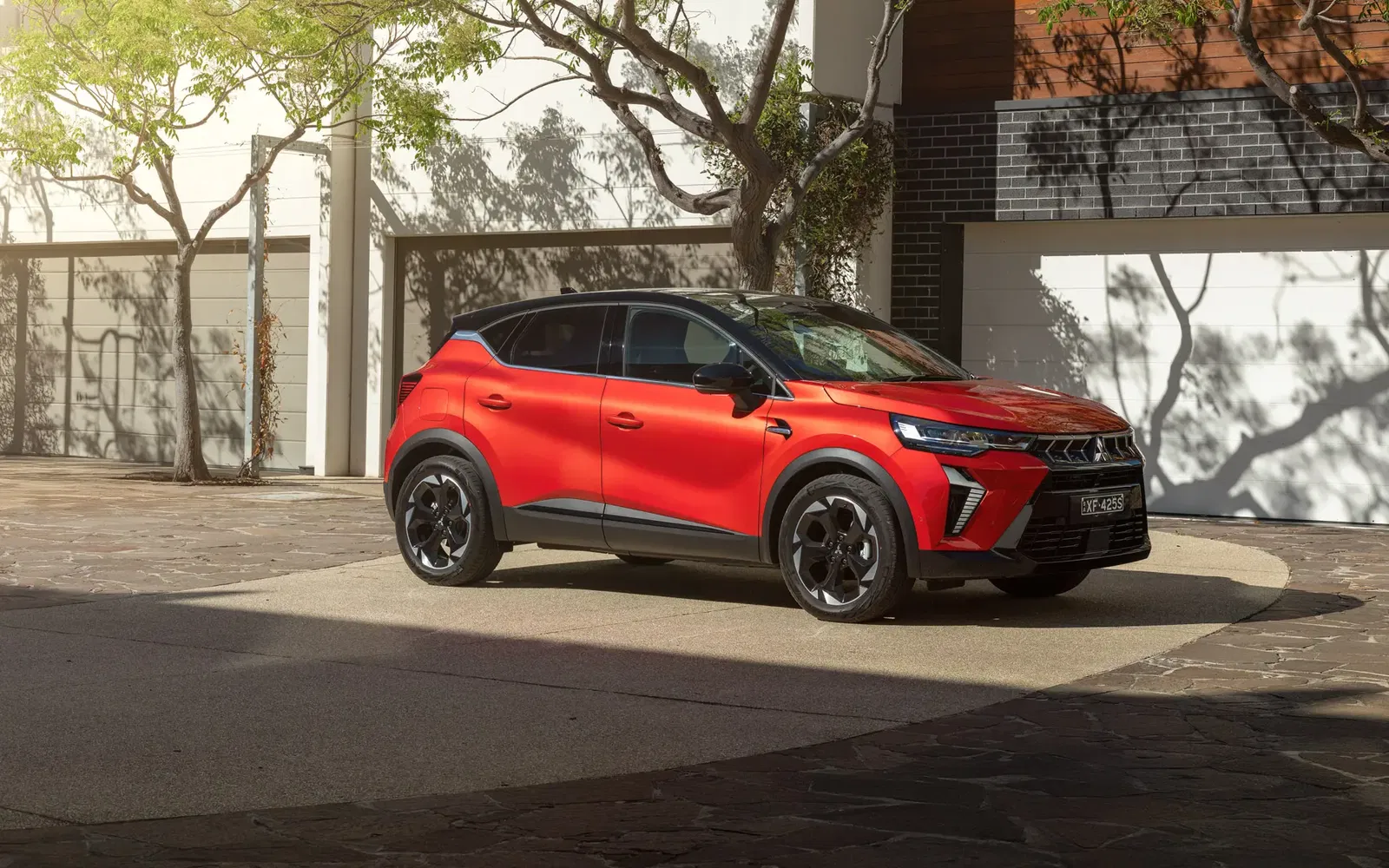
Its new pricing has placed the ASX squarely in the firing line of some heavy-hitting offerings, including the Volkswagen T-Roc ($38,990 - $69,290 before on-roads), Mazda CX-30 ($34,060 - $48,460), the Renault Duster ($31,990 - $37,990), as well as the petrol and hybrid versions of the Hyundai Kona ($32,700 - $48,700), and the hybrid Toyota Corolla Cross ($37,440 - $50,990).
In fact, for only $710 more than the top-spec ASX, you can purchase an entry-level Lexus LBX ($47,200 before on-road costs).
The ASX’s pricing no longer sets it apart from its rivals. If you want a truly budget compact SUV these days, you’ll have to look elsewhere. Without a low price tag to lean on, the Mitsubishi ASX has to stand out on merit.
2025 Mitsubishi ASX Pricing Before On-Road Costs
- LS: $37,740
- Aspire: $42,690
- Exceed: $46,490
Up to Date
As far as aesthetics go, the 2025 Mitsubishi ASX has properly brought the nameplate into the 2020s, with a contemporary and up-to-date design. After all, this is the first time the ASX has seen a major design change that wasn’t just a facelift.
While sharing its DNA with the Renault Captur, Mitsubishi has injected its own brand identity through the front-end design. It uses its angular chrome grille elements and black, diamond-shaped bumper design to establish an angular aggression, befitting of the brand.
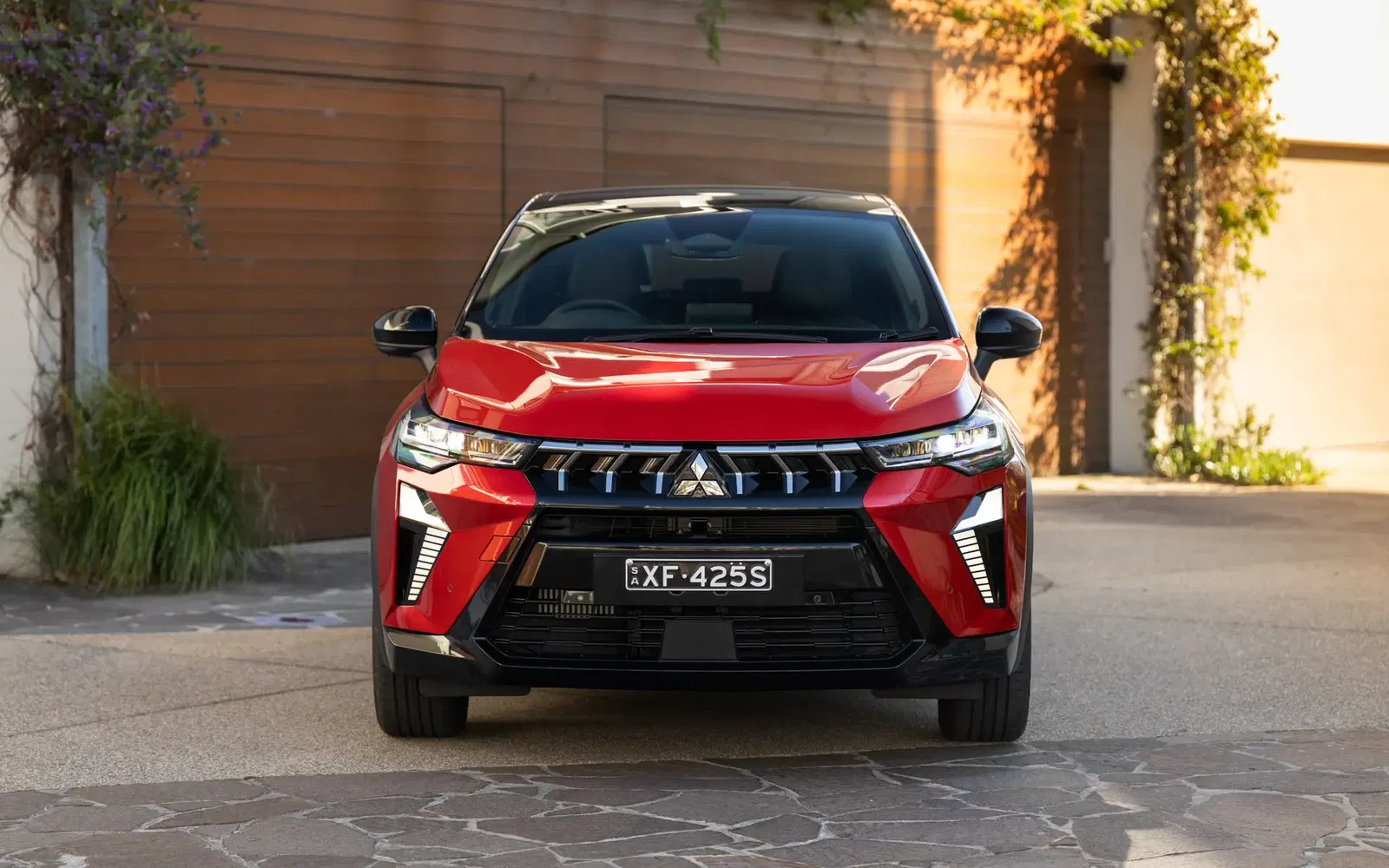
Beyond the front end, compared to its predecessor, the ASX appears more like a raised hatchback than a smaller SUV. It’s also more rounded and chic, whereas the old design adopted harder lines and more aggressive styling elements.
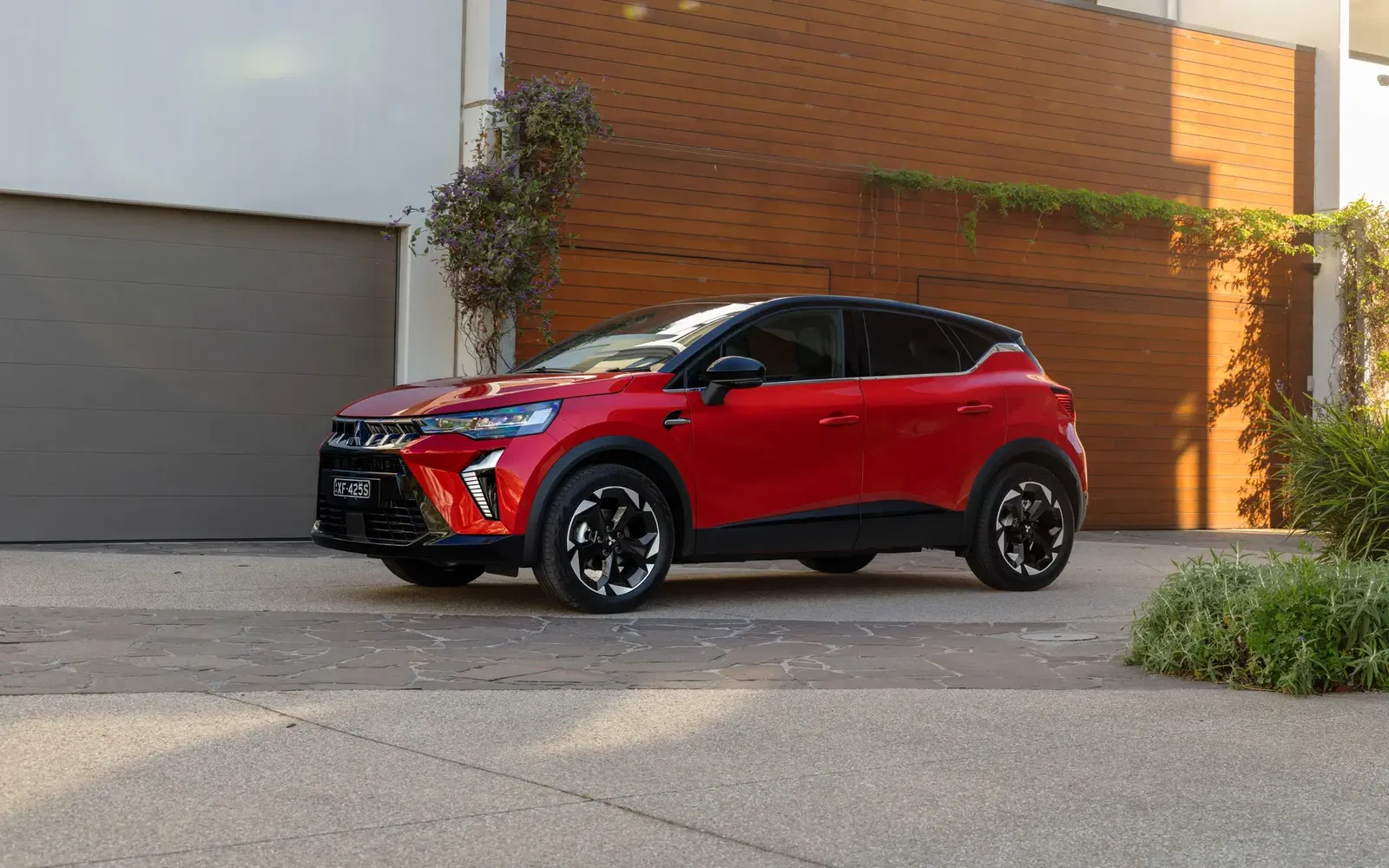
This is further accentuated by the roofline, which gradually slopes where the old one dropped more abruptly, a design choice most apparent on examples specced with a two-tone back roof.
The new ASX is easy on the eye, but its design arguably isn’t groundbreaking. Sure, it’s modern, but there’s not much about the way it looks that truly sets it apart from the rest of the small SUV segment.
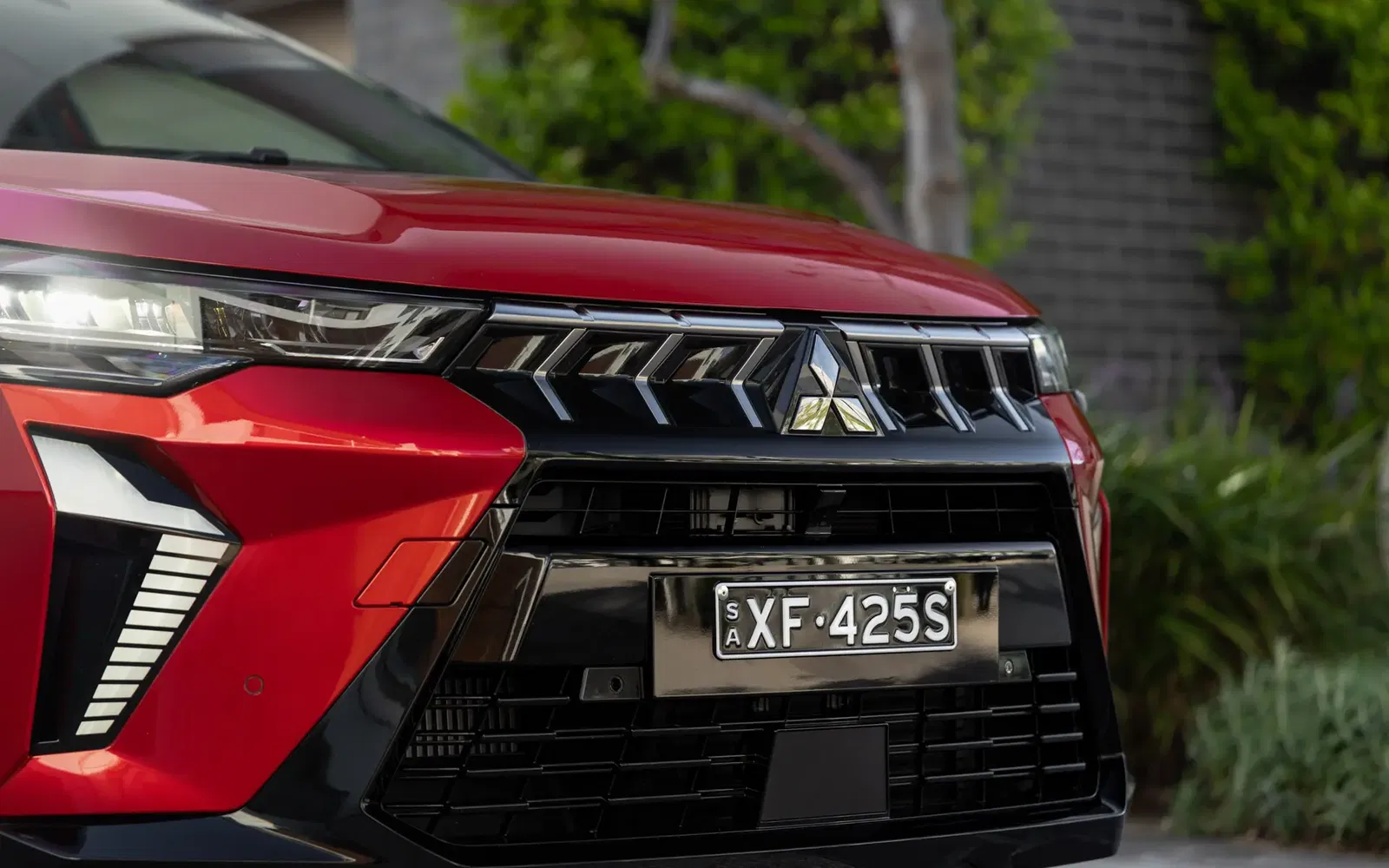
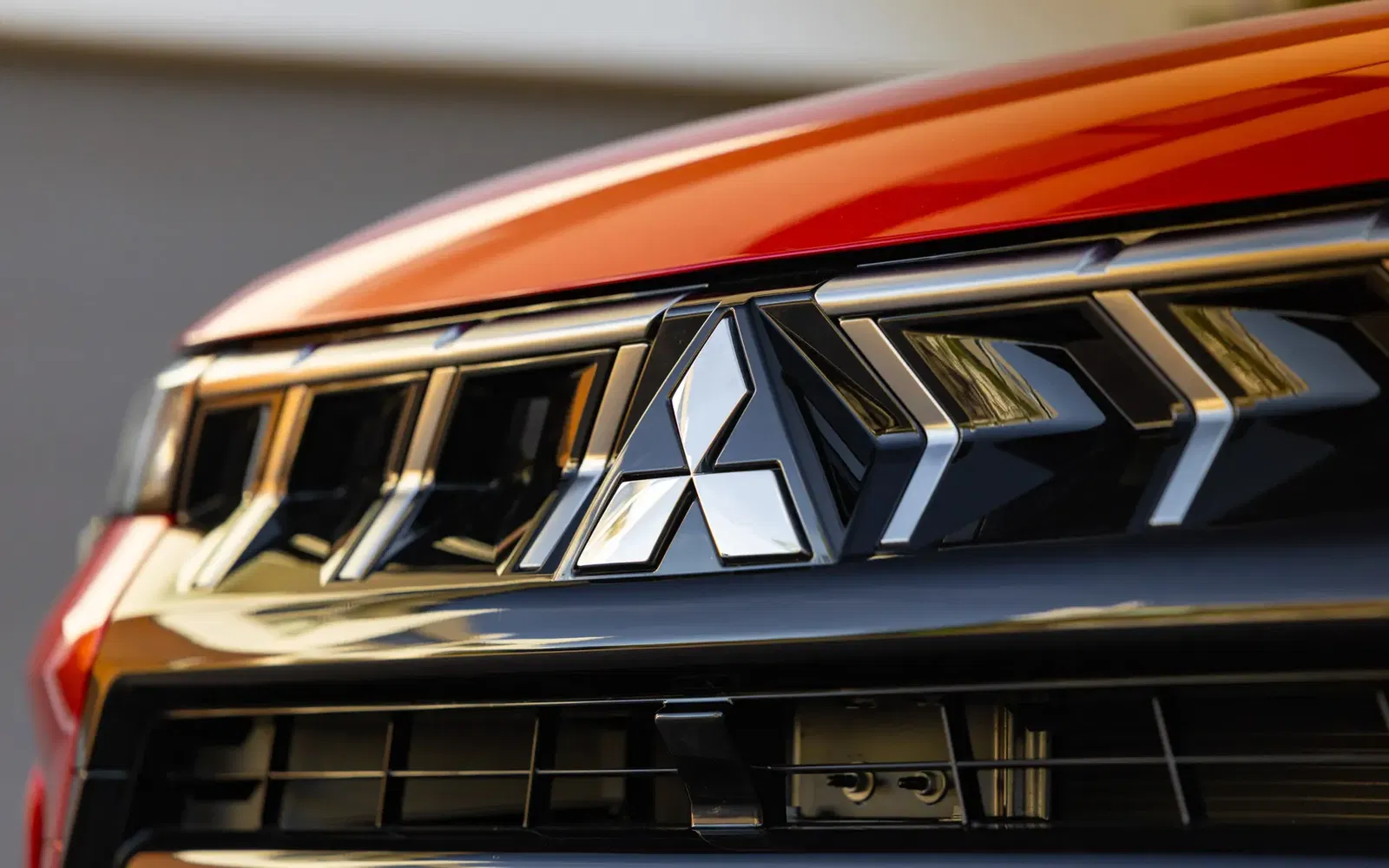
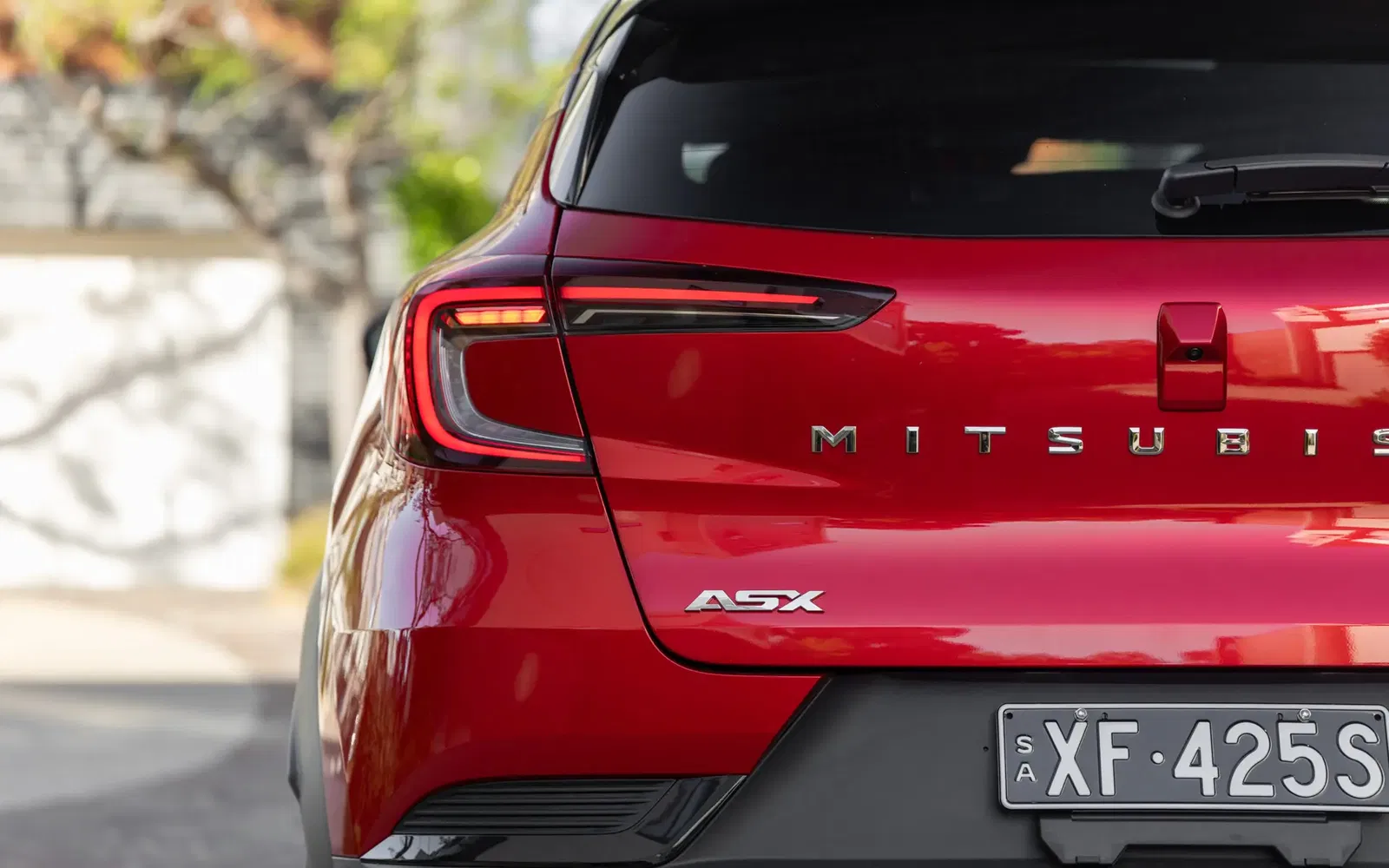
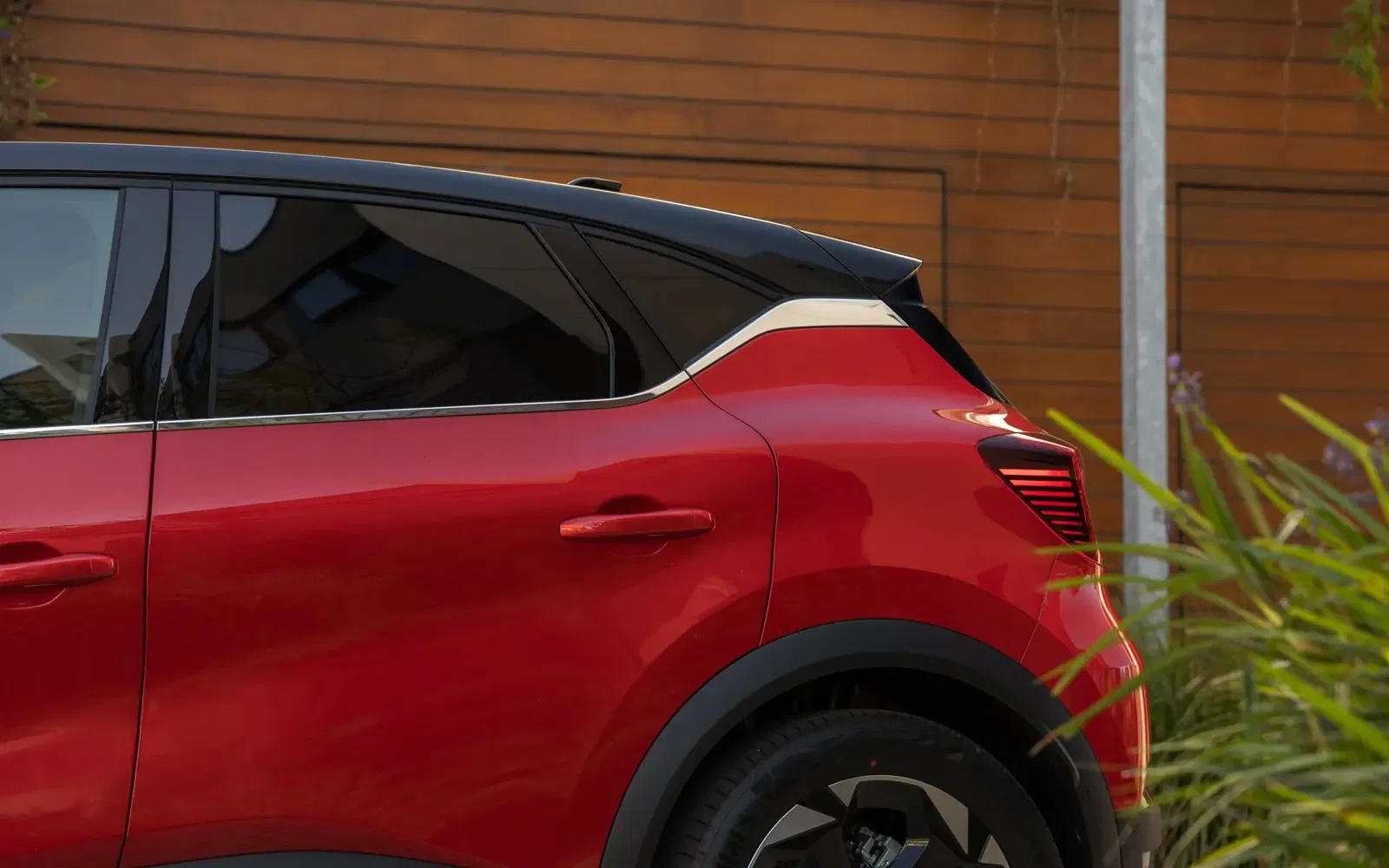
It Has It’s Quirks
For the most part, the 2025 Mitsubishi ASX’s front row boasts reasonably strong usability and quality.
Particularly in the range-topping Exceed, I found the material choices and touchpoints excellent in the ASX, particularly the soft-touch plastics and leather seats.
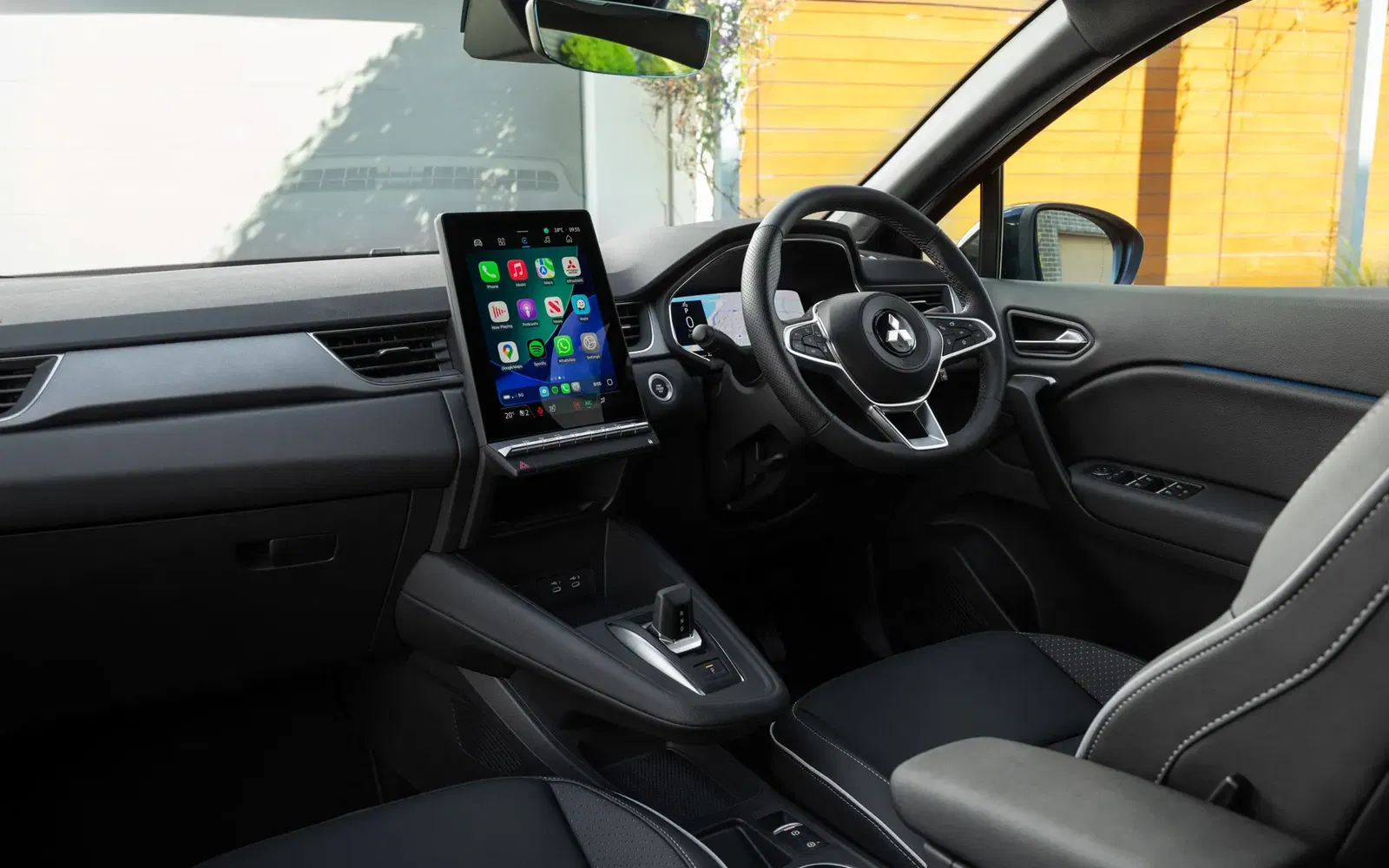
Storage is great too, thanks to the multi-level dashboard design and spots for small items such as the hole beneath the infotainment screen, perfect for a pair of sunglasses. Centre console armrest storage is a little tight, though.
Both the 10.4-inch infotainment touchscreen – featuring wireless Apple CarPlay and Android Auto, as well as Google built-in services in the Aspire and Excceed models – and the 10.25-inch digital instrument cluster on the top two trim levels, are easy to use and navigate.
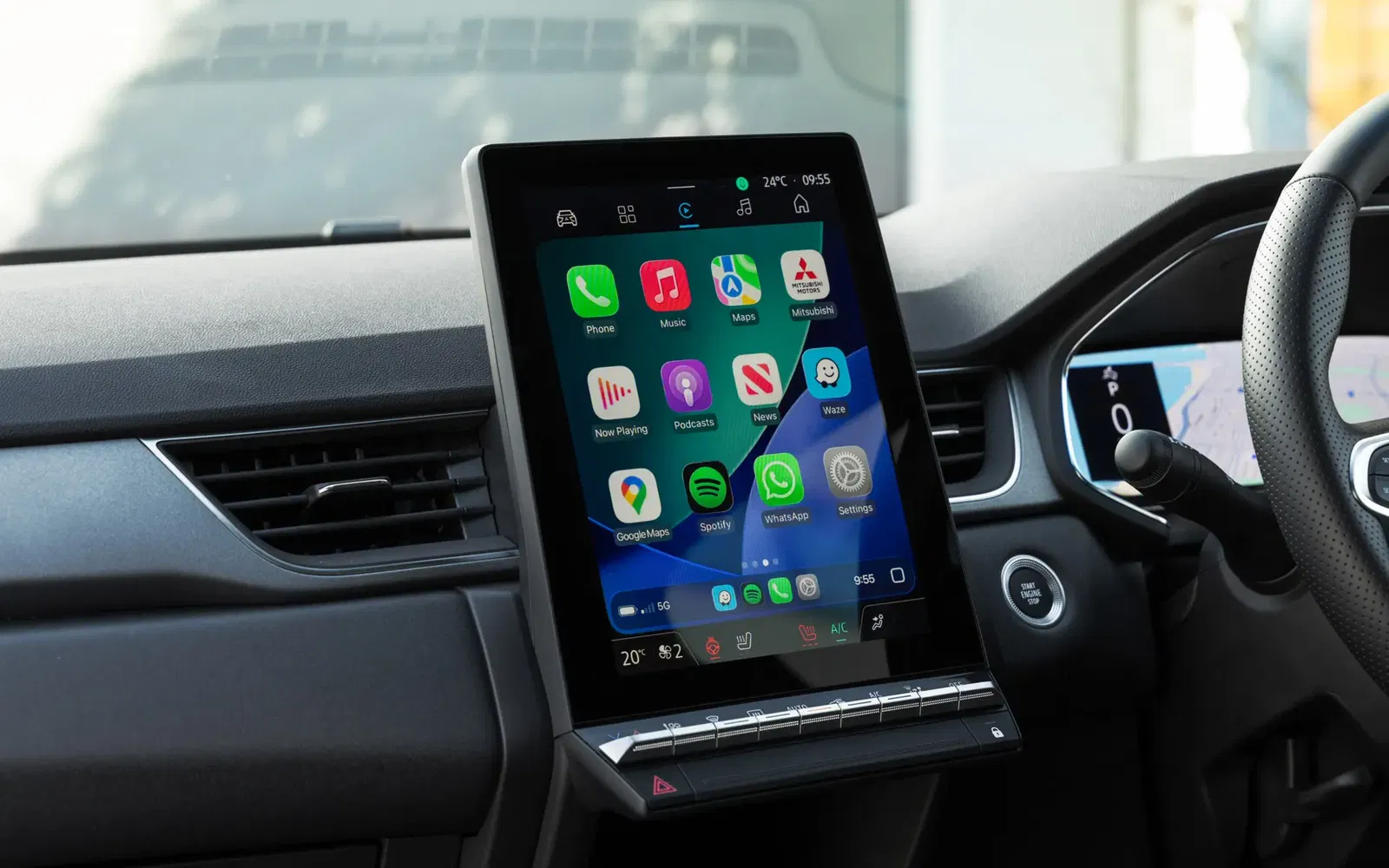
Physical air conditioning controls in the form of up and down push buttons are a welcome touch. While they don’t quite match the immediate adjustability of a physical dial, I’ll take them over controls solely contained within the infotainment system any day. However, the absence of dual-zone climate control across the entire range is a little disappointing.
The Cabin isn’t without its quirks, though. Strangely, the audio volume controls seem to be an area where usability falls a little short. While it’s adjustable via the infotainment system, the only physical control I could find was a stalk-mounted dial behind the steering wheel, only finding out after my time with the ASX that there are volume control buttons on top of the infotainment system itself. While these controls are functional once you find them, having to actively search for them can be frustrating.
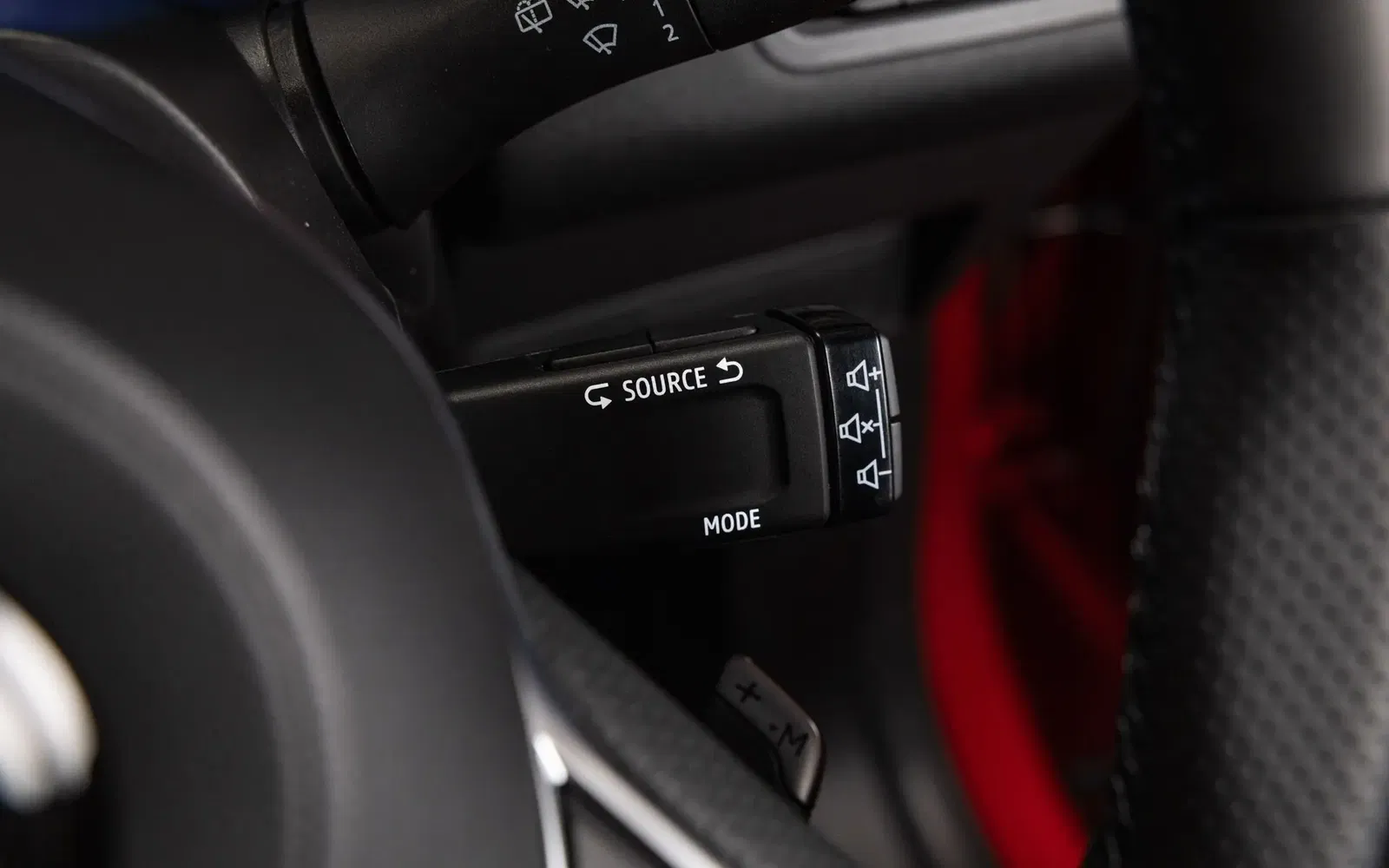
Visibility out is solid, particularly due to the A-pillar side window that affords a further view beyond the wing mirror.
I personally found the driving position to be on the higher side, but by no means did it feel like I was sitting on top of the ASX rather than in it, and it wasn't uncomfortable by any stretch.
Overall, the ASX’s front row is fairly conventional, approachable, practical and of a high quality. However, a few pain points hold it back from being great.
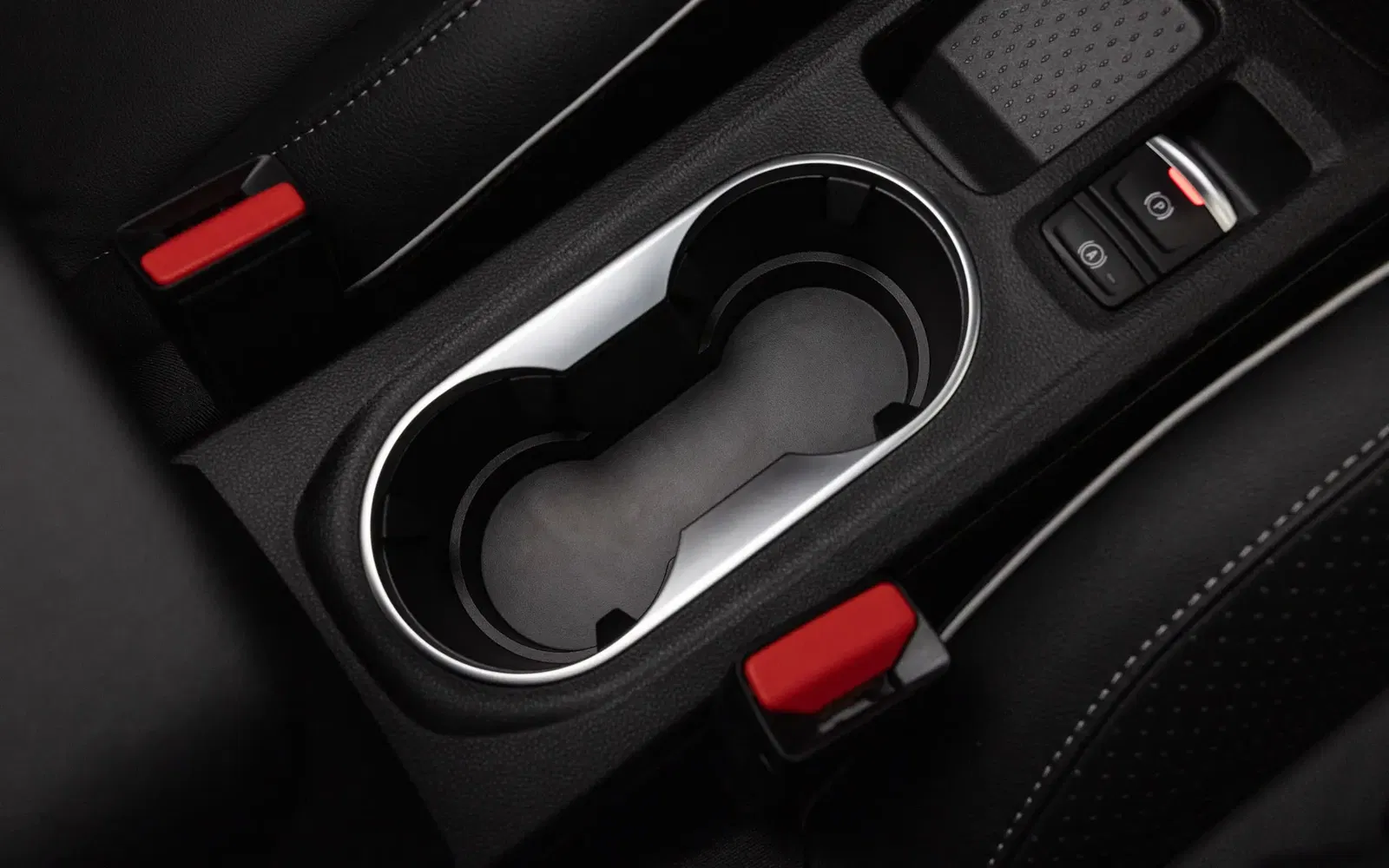
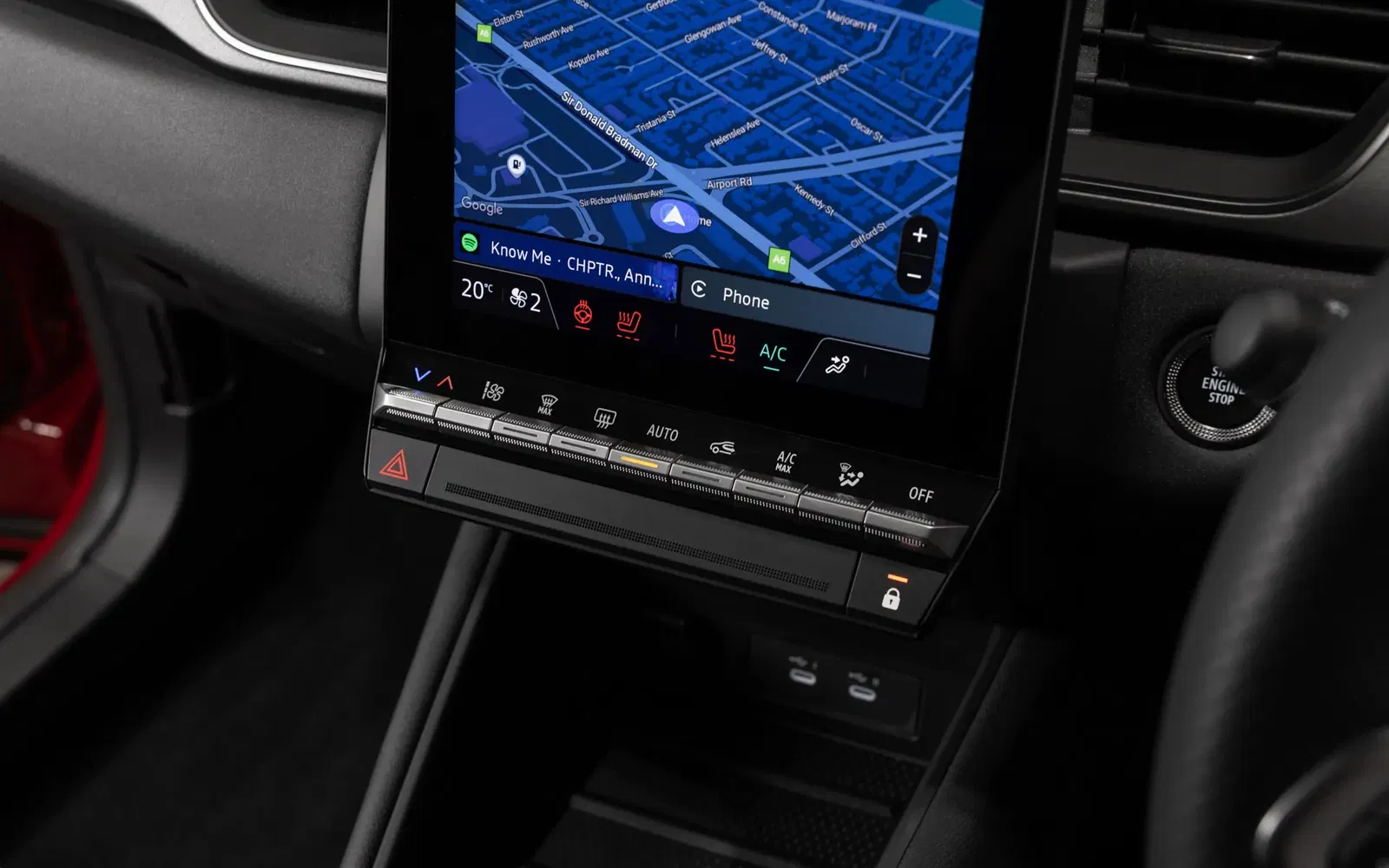
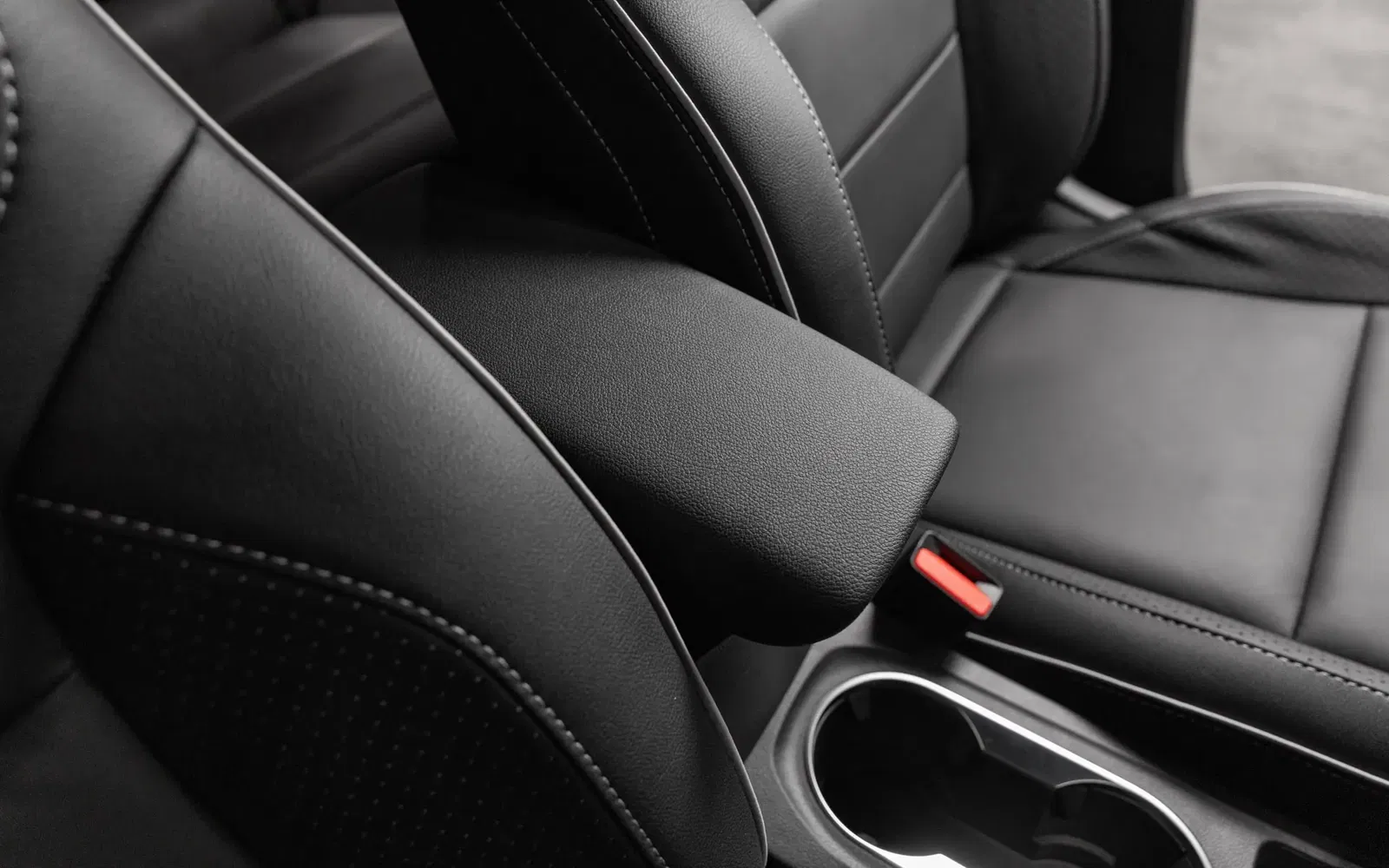
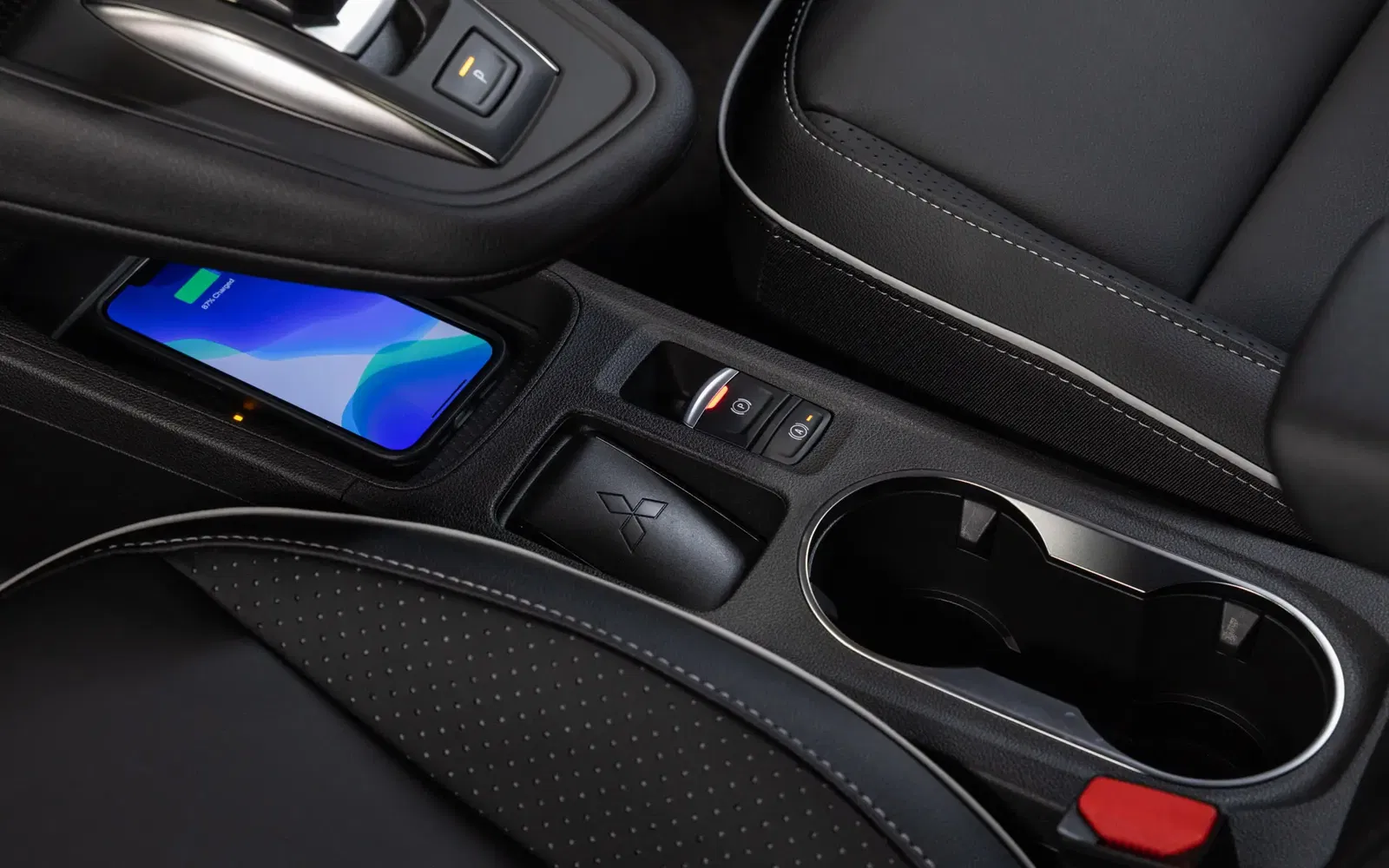
Head-Smacking C-Pillars
In the rear seat of the 2025 Mitsubishi ASX, I found decent knee room sitting behind my own driving position and ample space for my feet underneath the seat in front. However, I found headroom somewhat limited, and anyone much taller than me (5’11”) will probably find themselves a bit squashed.
There’s also not a lot of room off to the side of your head for outboard passengers. As a result of the roofline design, I found the side of my head smacking against the C-pillar. I can’t imagine that sitting three abreast would be particularly comfortable for the outermost passengers.
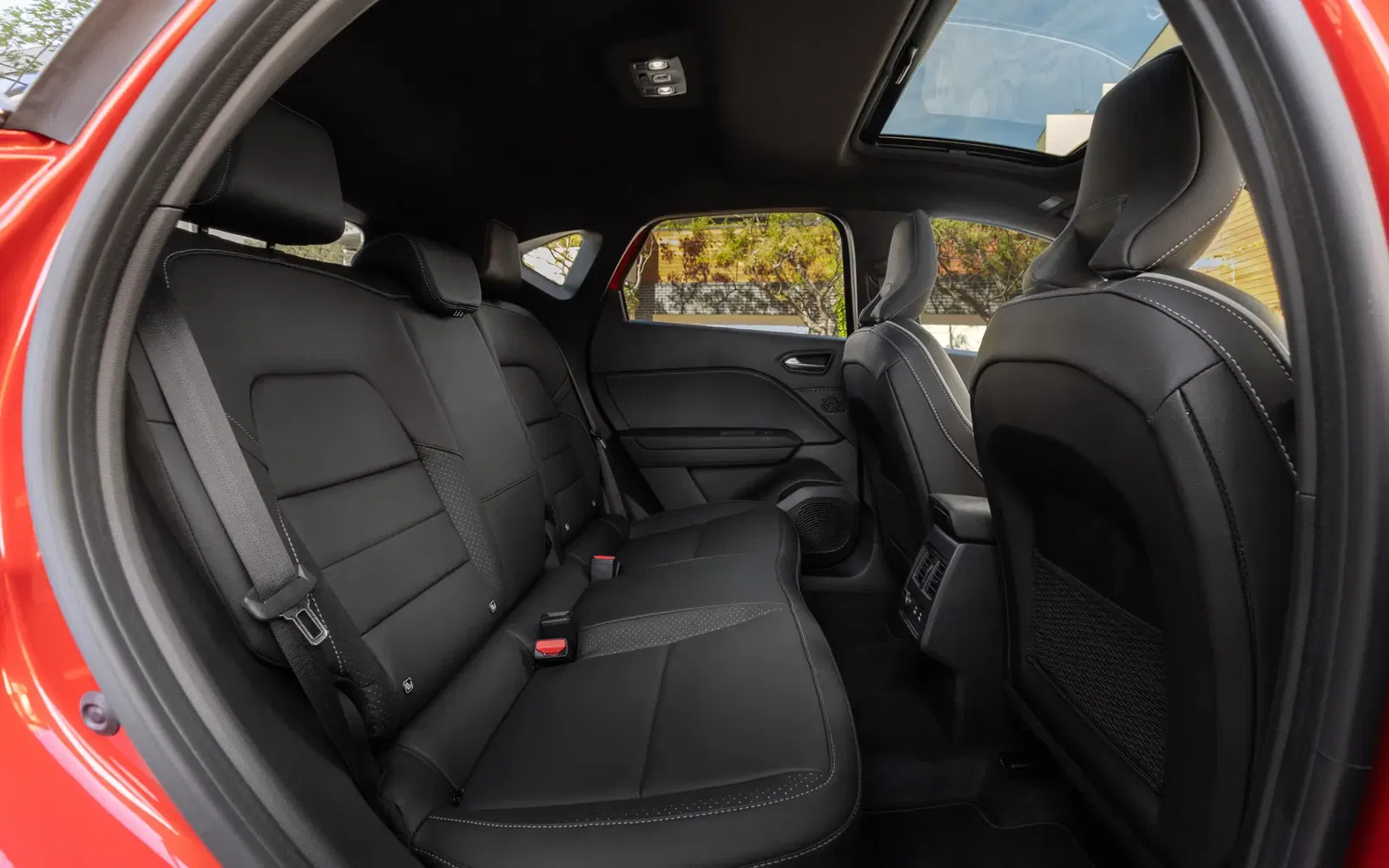
Even in the mid-grade Aspire and range-topping Exceed, rear-seat amenities are pretty scarce. While you get two USB-C ports, a 12V socket, and rear air vents, there’s no centre console armrest or cupholders to be found. For a car with a price tag approaching the 50 grand mark in the case of the Exceed, surely you’d expect a little more than that?
All up, while the front row of the ASX has its merits, the rear seats fall short.
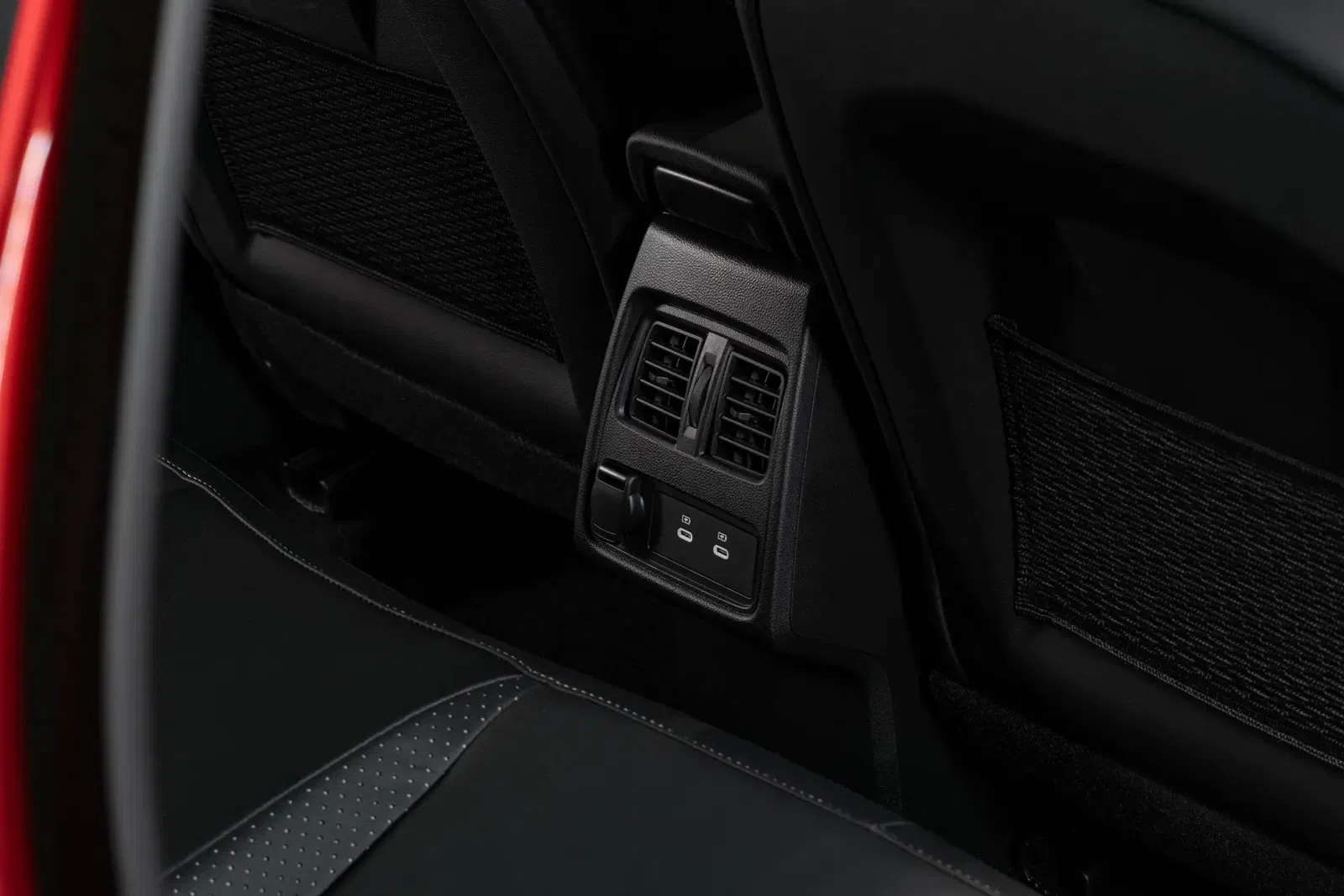
Strong Outright Space
The 2025 Mitsubishi ASX has 484 litres of boot space with the rear seats up – including 183 litres of underfloor storage – and 1,596 litres with the second row dropped. The rear bench can also slide forward, freeing up an additional 132 litres with the seats up, bringing the space behind the second row to 616 litres.
These are some solid figures for an SUV of this size, offering more space than the claimed capacities of such models as the Hyundai Kona, Renault Duster, and the Mazda CX-30. The adjustable split-level boot floor is also a welcome, practical touch.
However, a spare wheel does not come as standard, with a space-saver optional as a pre-delivery fitment for $750, which is a bizarre extra cost for a car that starts at nearly $40,000. Instead, the ASX comes with a tyre inflation kit.
Based on storage alone, though, the ASX arrives with a strong showing, both in terms of outright space and practicality features.
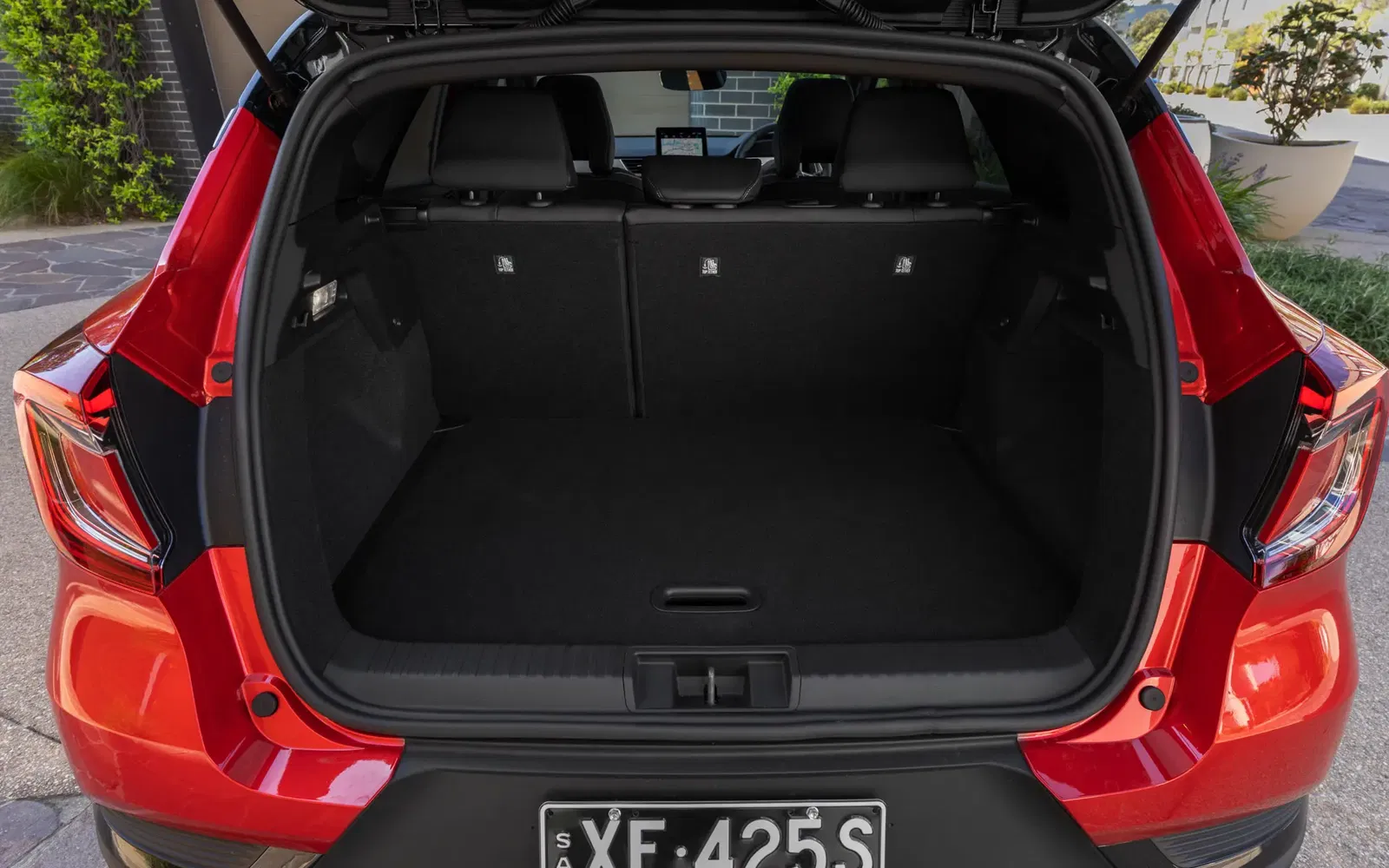
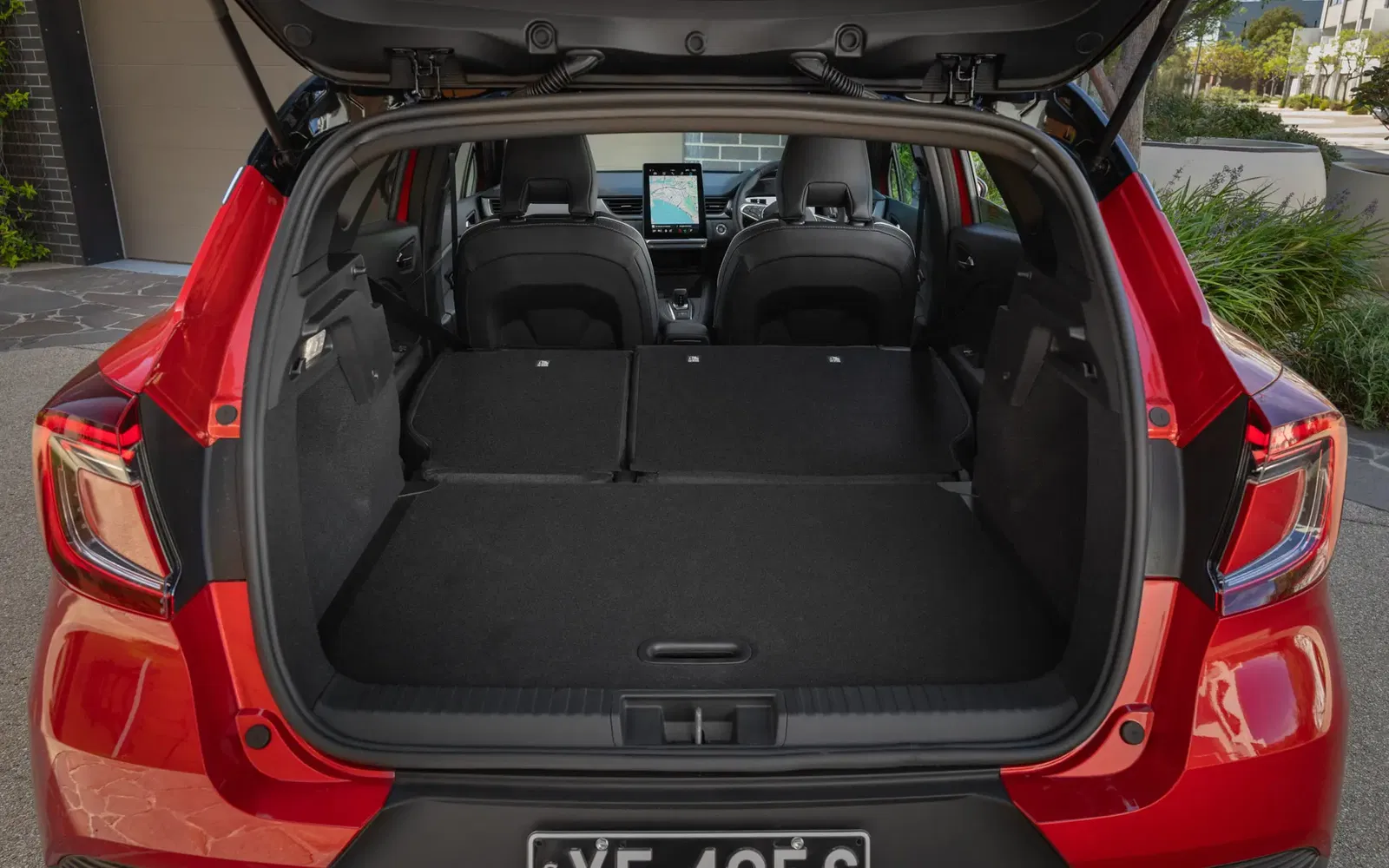
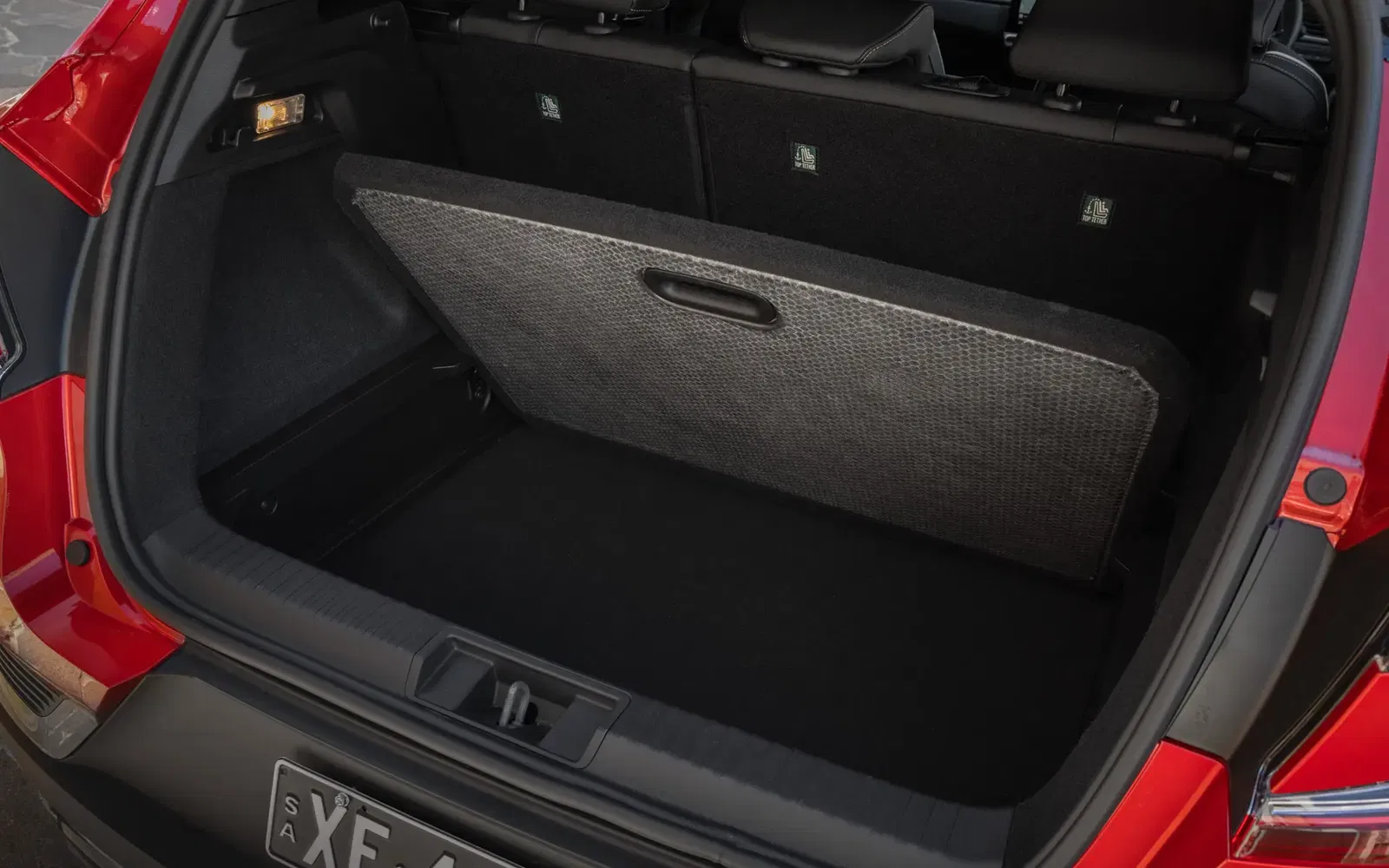
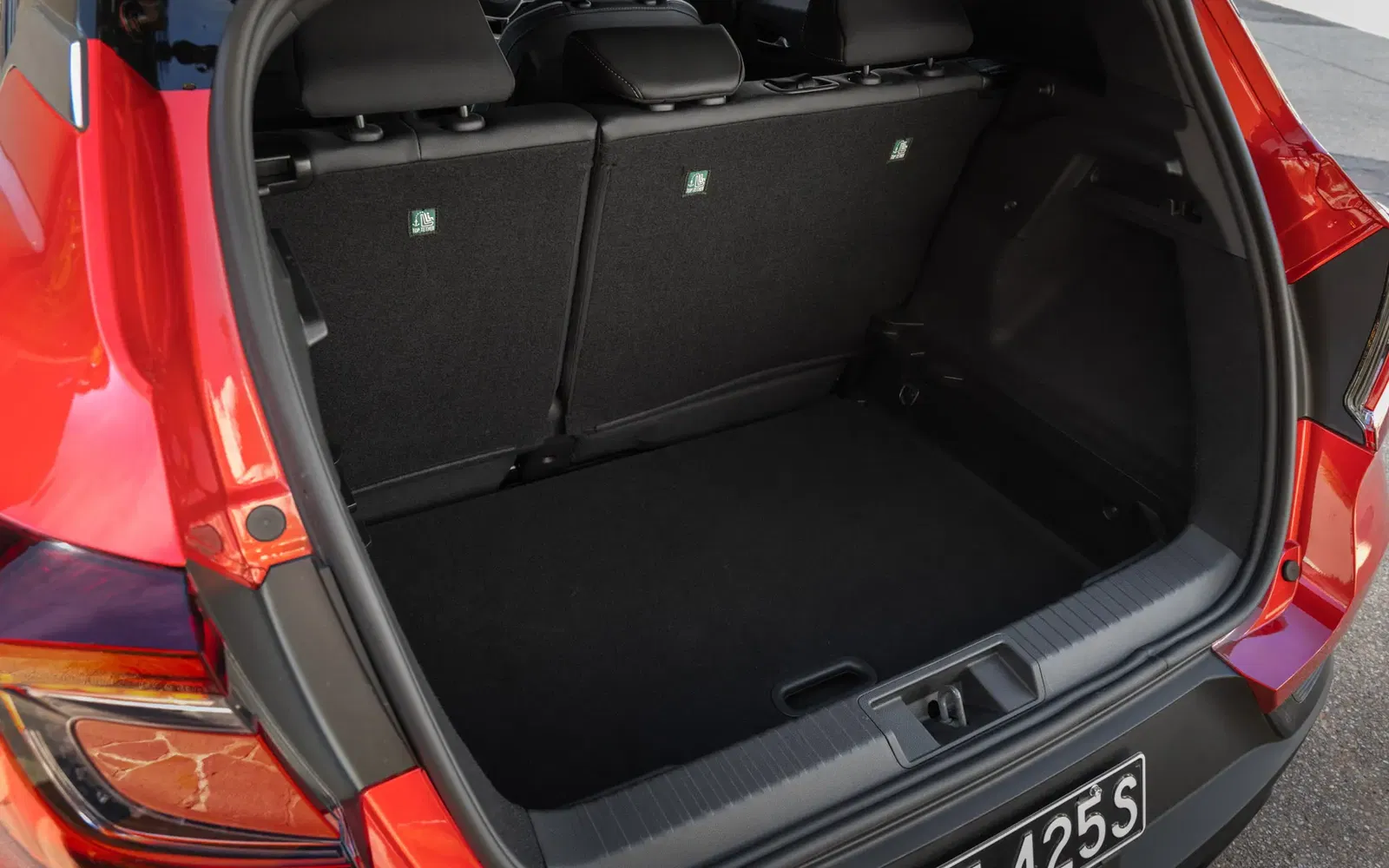
It Ain’t Much But It’s Honest Work
From launch, the 2025 Mitsubishi ASX is offered with a single front-wheel-drive powertrain. It has a 1.3-litre turbocharged four-cylinder engine – mated to a seven-speed dual-clutch transmission – putting out 113kW and 270Nm.
The ASX is unlikely to win any drag races, with straight-line performance that’s far from exhilarating. In CarSauce’s video review, the ASX achieved a 0-100km/h time of 8.18 seconds. However, the powertrain is ultimately an ample means of propulsion.
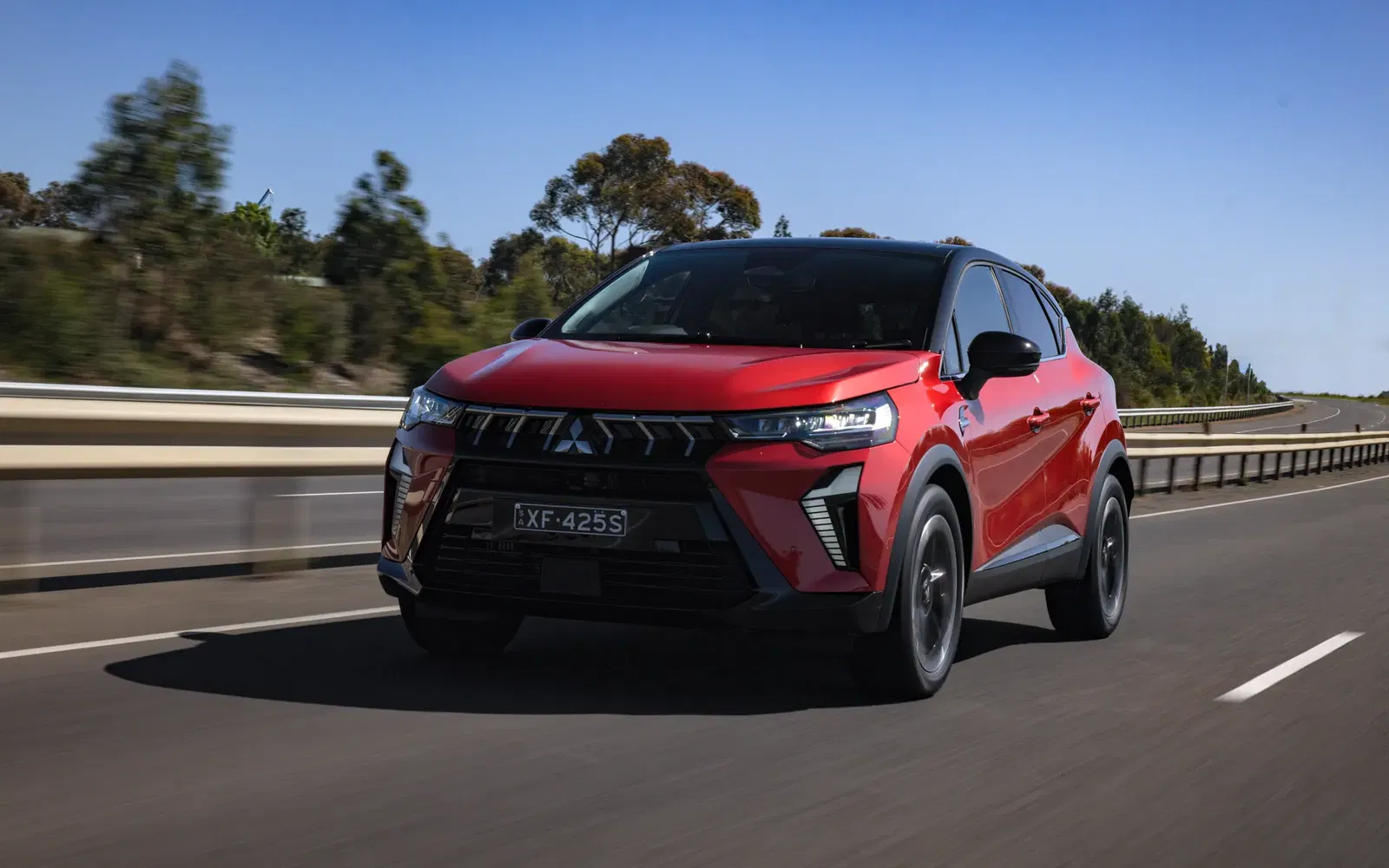
Compared to the rest of the segment, its output figures are good but not class-leading. For instance, it has more power and torque than the entry-level Volkswagen T-Roc. It’s 1kW done on the Mazda CX-30, but it has 70Nm more torque. However, it’s 36kW down on the hybrid Toyota Corolla Cross, which can be purchased for around the same money.
Claimed fuel economy on the ADR test cycle is 6.4L/100km. Again, this a respectable number for the segment, although again it’s outdone by similarly priced hybrid offerings. During my time with the ASX, the trip computer posted numbers between 7.7 and 10.8L/100km.
The new ASX’s powertrain doesn’t exactly set the world on fire, but realistically, it doesn’t need to, and it does its job effectively enough and with reasonable efficiency.
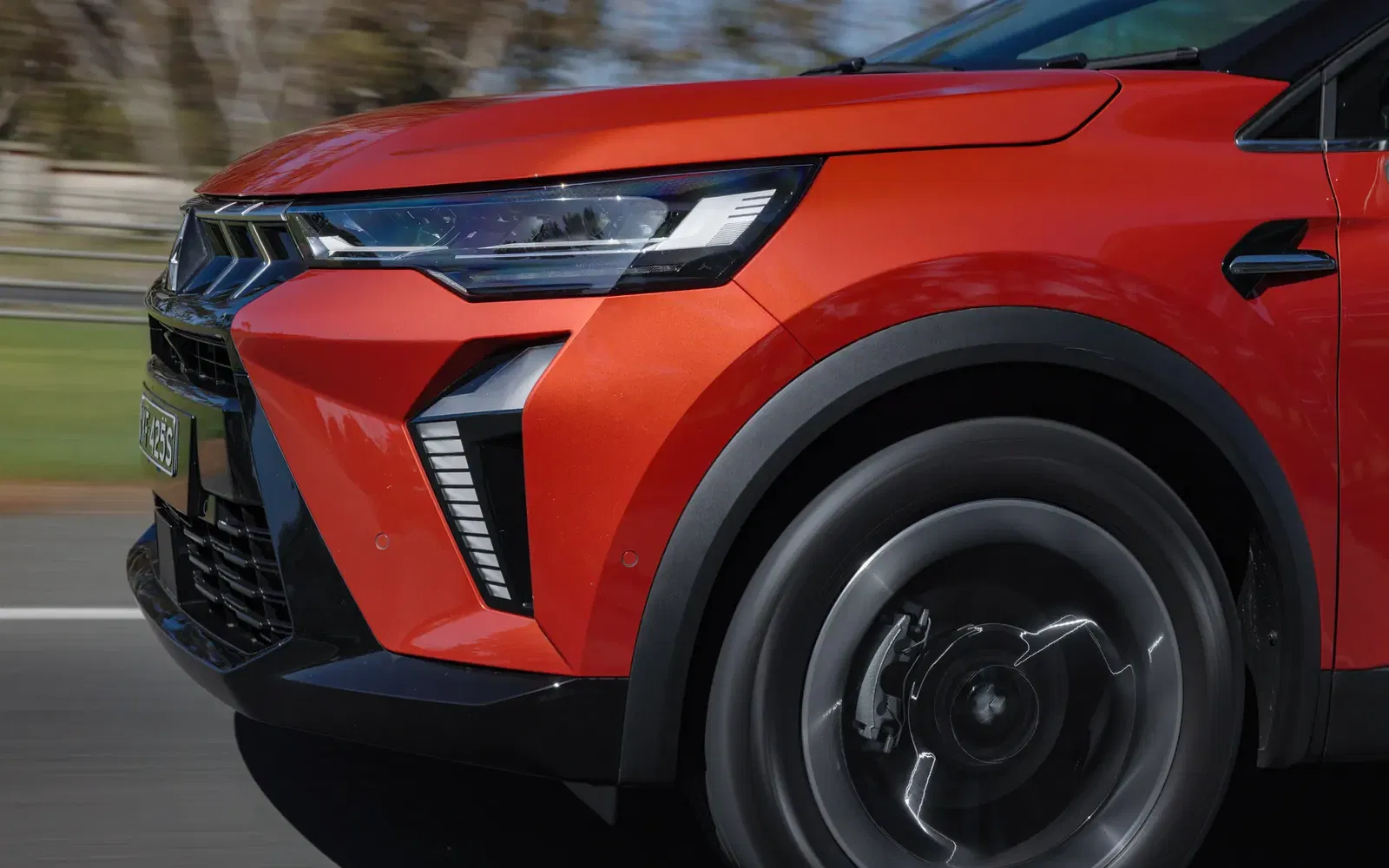
Respectable Job
My time with the 2025 Mitsubishi ASX was spent primarily on country roads just outside of Melbourne, but I also had the opportunity to experience it in urban environments as I ventured into the city. While not earth-shattering in any respect, across the board, the ASX presented itself suitably.
While it didn’t receive local tuning, even on rougher roads, the ASX’s ride quality faired well, with the suspension striking the balance between soft and firm.
I found the steering quite light on-centre and not always the most linear, but it was direct and connected within reason and offered some decent levels of road texture feedback. Plant your foot and there is some evident torque steer, though, which may be quite disconcerting for some drivers.

A sports car the ASX is not, but it’s still able to negotiate a corner. On the fast, flowing roads of the Victorian countryside, the ASX was more than happy being hustled, only really starting to show hints of understeer when pushed through tighter radius turns.
Realistically, though, the ASX will seldom see a twisty road, as most examples will likely spend their lives in urban environments. Around town, there’s nothing untoward to note, as it feels perfectly maneuverable and suited to the occasion
During my time with the ASX, the engine and transmission formed a slick pairing. The transmission felt sharp around town, never feeling dim-witted at low speeds, an issue that sometimes affects dual-clutch units.
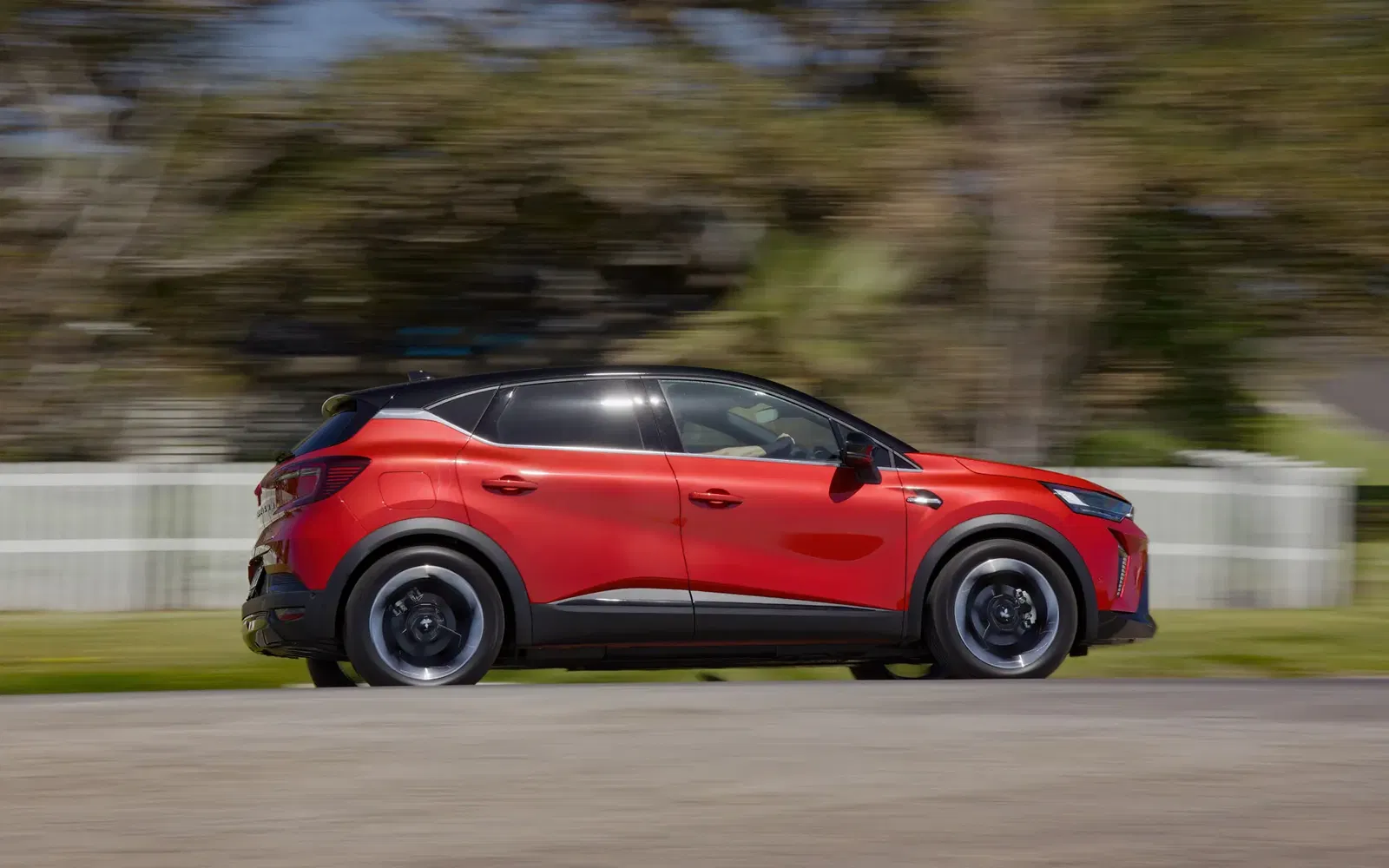
When it comes to drive modes, an ‘Eco’ mode is included as standard across all variants, while the Aspire and Exceed model grades gain ‘Comfort’, ‘Sport’ and the individualised ‘Perso’ modes. I spent my time with the ASX alternating between the first three.
I think you’d be pretty hard-pressed to determine truly noticeable differences between ‘Eco’ and ‘Comfort’. ‘Sport’ adds a little extra weight to the steering, and the engine seems to rev higher more of the time, but that’s about it.
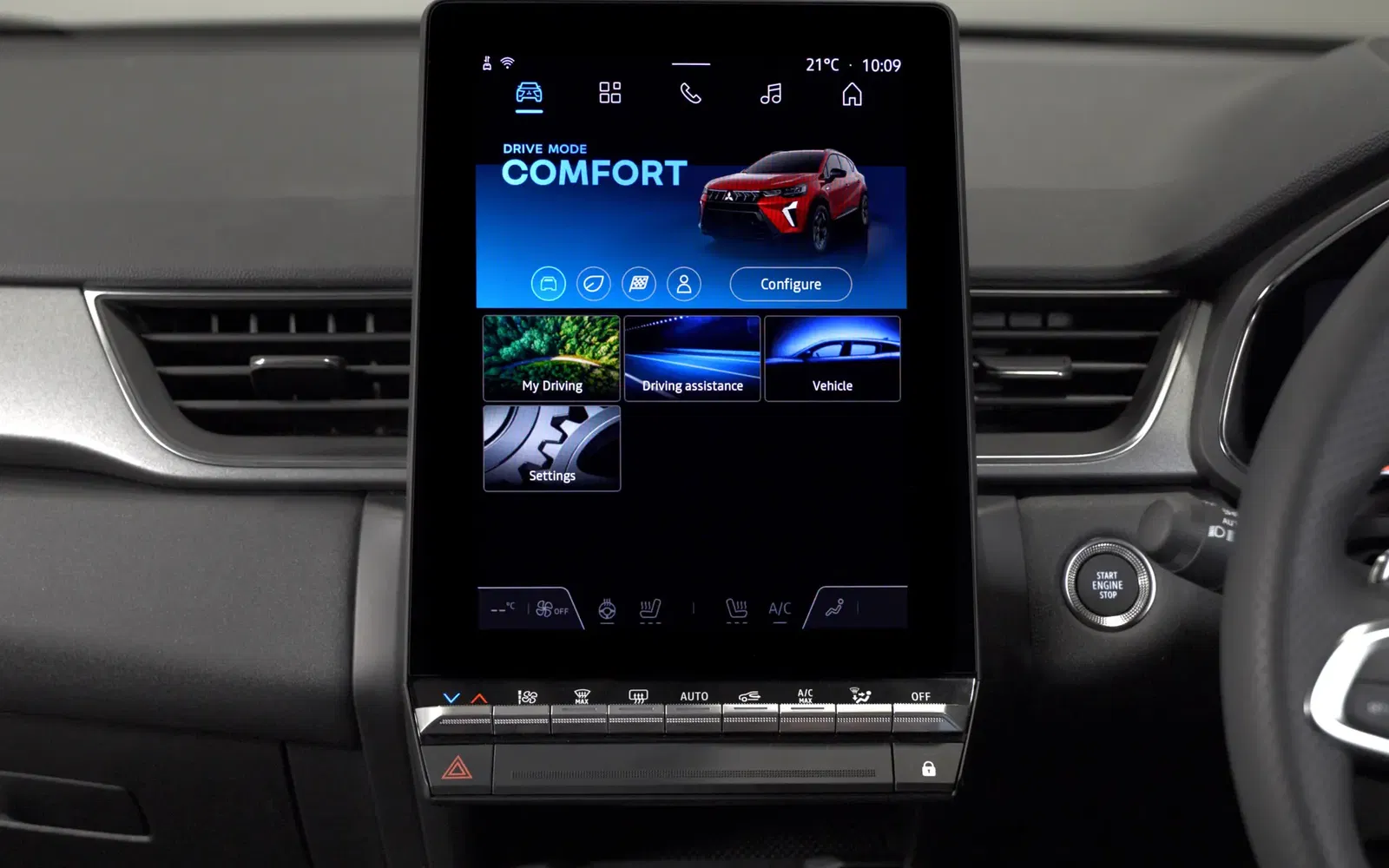
During my time with the ASX, its safety suite never felt particularly intrusive. However, it should be noted that the examples on test had the Mi-Pilot system disabled – which includes Lane Centring Assist – as its local confirmation testing hadn’t been finalised, so my experience is unlikely to be entirely representative of the customer cars landing in November.
Regardless, if the ADAS suite isn’t to your liking, it can be customised via the ‘Safety Perso' menu in the infotainment system. While all safety systems are switched on by default, reactivating when the ASX is restarted, they can easily be reverted to your customised preferences via the ‘My Safety’ switch.
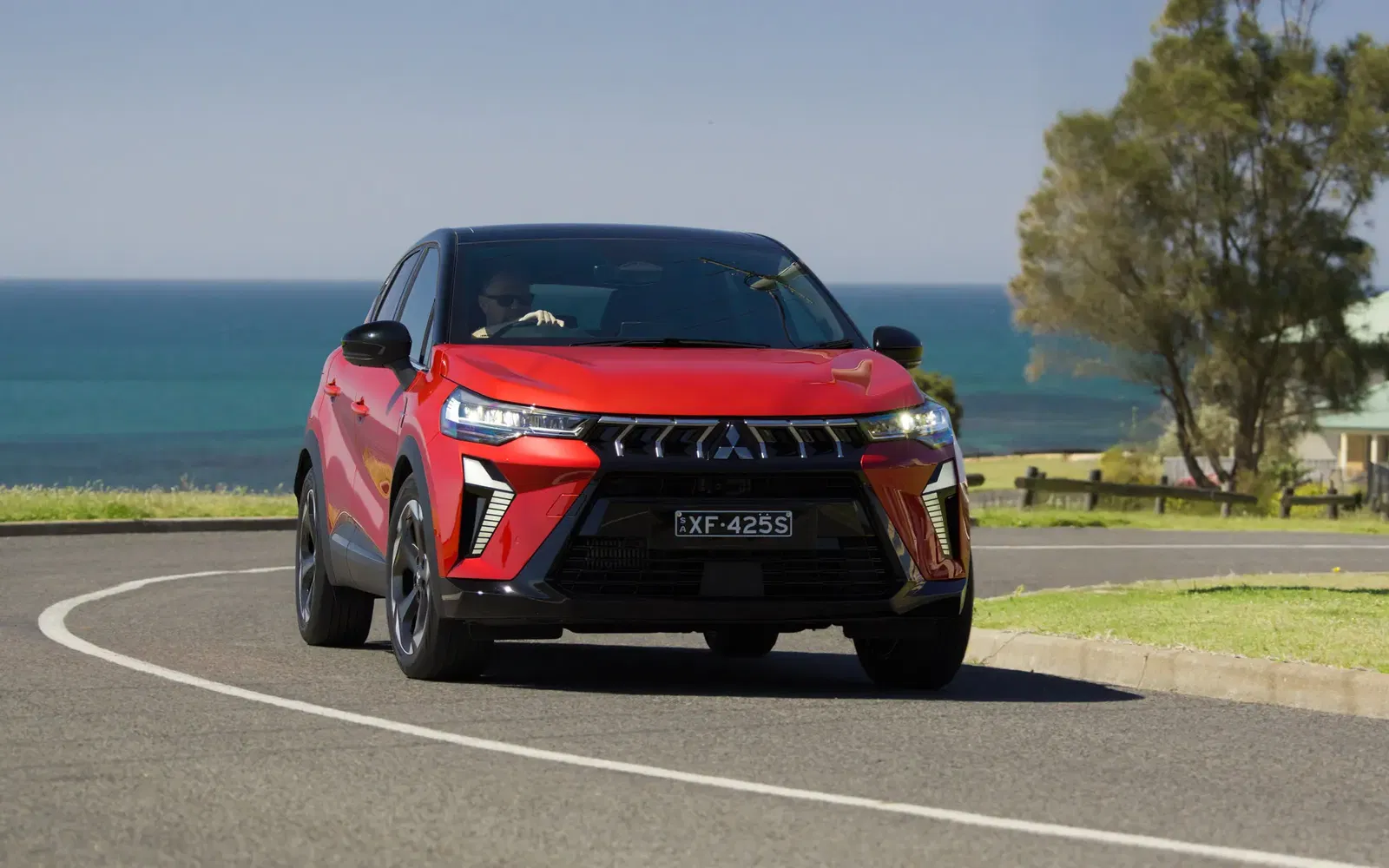
On the whole, the 2025 Mitsubishi ASX proved to be reasonably comfortable and capable. Little about its real-world driving experience genuinely felt deficient, but it’s not exactly what I’d call memorable.
However, while not setting the world on fire, the ASX does its job respectably, performing perfectly well for both its intended use case and for a vehicle of this type.
Entry-Level Model Misses Out on Features
ANCAP scores for the new Mitsubishi ASX are yet to be posted, but it is expected to replicate its four-star Euro NCAP rating on local shores.
It’s also worth mentioning that the entry-level LS misses out on some key safety features compared to the Aspire and Exceed, including Adaptive Cruise Control, Blind Spot Warning, and Rear Cross Traffic Alert. This is disappointing given the commonality of these features in most modern cars.
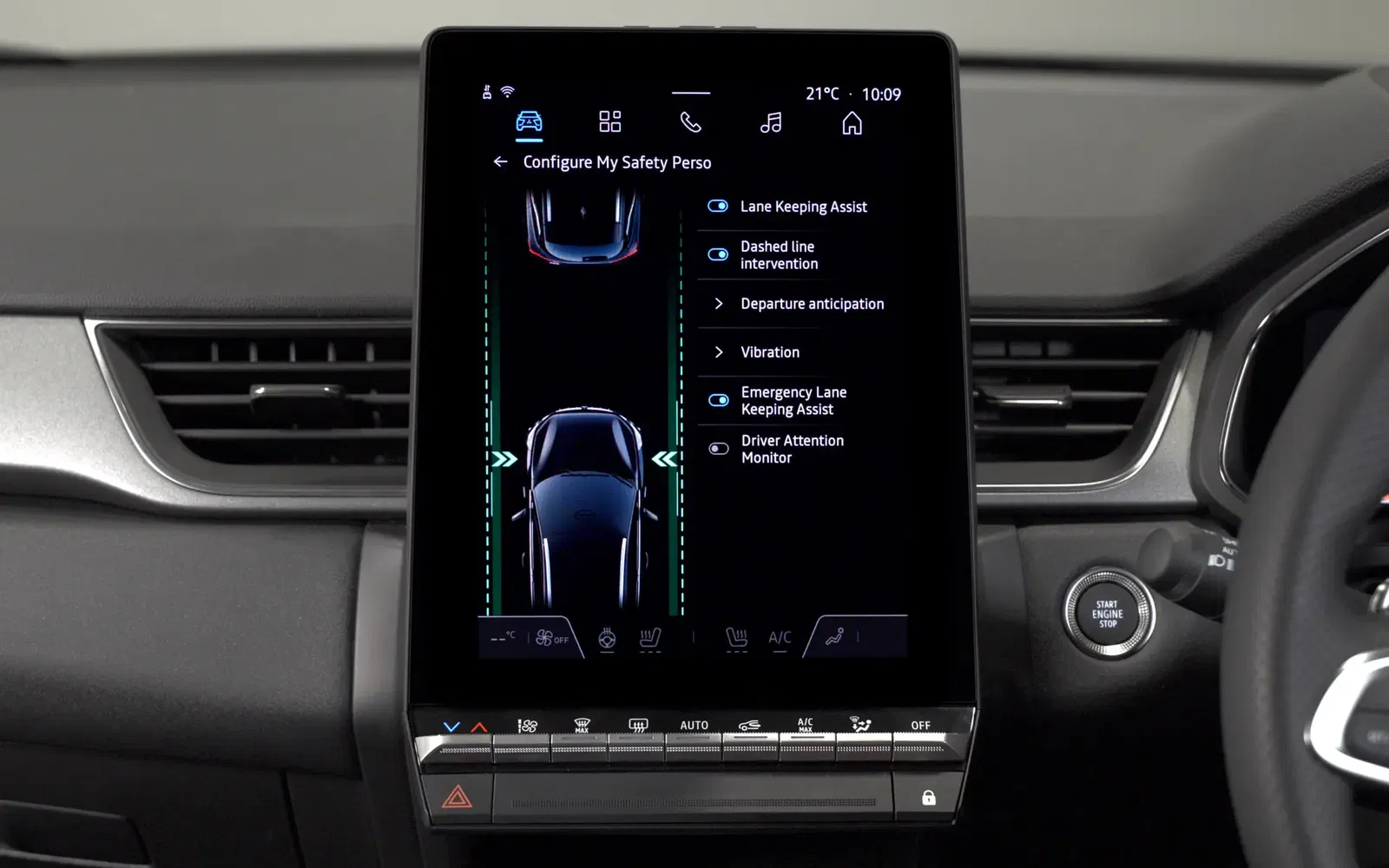
I found the ASX’s rear parking camera to be quite useful, which faces downwards when approaching objects close to the rear of the vehicle, making tight maneuvering much easier. However, none of the ASX trim levels are available with a 360-degree camera, yet another key feature omission.
The safety suite of the ASX leaves quite a bit to be desired, especially in the entry-level model grade.
Safety features on the Mitsubishi ASX LS variant include:
- Lane Departure Warning
- Lane Departure Prevention
- Emergency Lane Assist
- Forward Collision Mitigation w/ Pedestrian Detection
- Driver Attention Alert
- Emergency Brake Assist
- Active Stability Control
- Active Traction Control
- Anti-lock Braking System
- Electronic Brakeforce Distribution
- Safe Distance Warning
- Hill Start Assist
- Brake Auto Hold
- Adjustable Speed Limiter
- Brake Override System
- Emergency Stop Signal
- Automatic dusk-sensing headlights
- Automatic high beam
- Automatic rain-sensing wipers
- Rear view camera
- Rear parking sensors
- Driver, passenger, side, and curtain airbags
- Front seat belt pretensioners
- 2nd row seatbelt reminders
- Auto Locking Seatbelt Retractors (2nd row)
- ISO-Fix Anchor Points
- Child restraint top tether
- Child Locks
The Aspire and Exceed variants add:
- Lane Keep Assist
- Blind Spot Warning
- Rear Cross Traffic Alert
- Safe Exit Assist
- Adaptive Cruise Control
- Traffic Jam Assist
- Front parking sensors
10-Year Programs!
The 2025 Mitsubishi ASX is offered with a 10-year, 200,000km warranty as well as a 10-year capped-price servicing program.
Mitsubishi is one of only three car manufacturers in Australia to offer a 10-year warranty, the other two being Nissan and MG.
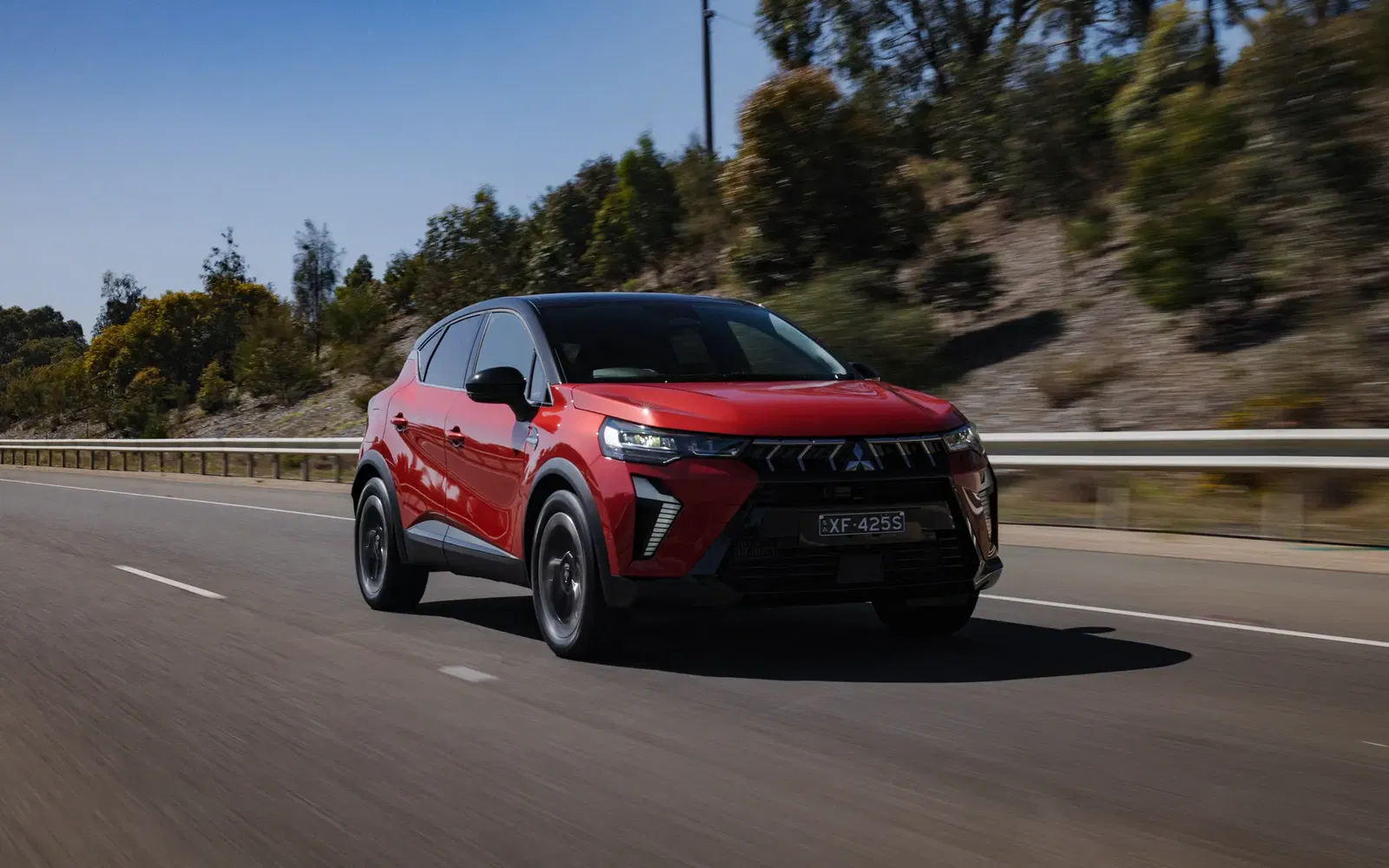
Service intervals come every one year or 15,000km, with prices for each service under the capped-priced program range between $349 and $1,099. This equates to a total cost over the decade of $5,686.
However, eligibility for both of these programs is dependent on all scheduled servicing being completed at authorised Mitsubishi dealerships. Otherwise, Mitsubishi’s standard new car warranty applies (five years/100,000km), provided its servicing schedule is maintained.
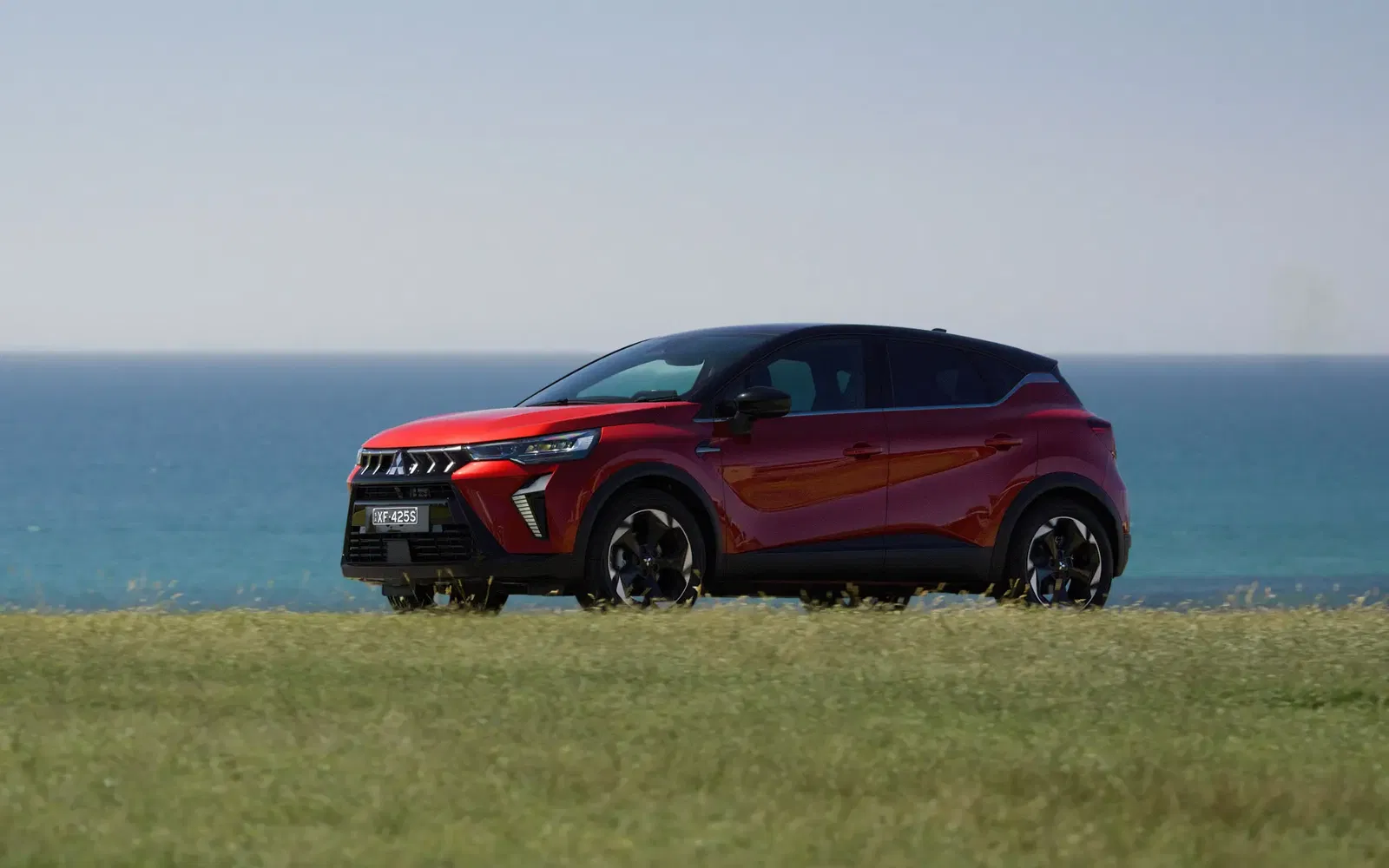
For an internal-combustion-powered vehicle, it’s unlikely to be horrifically expensive at the fuel bowser, rated to run on unleaded 91 RON fuel.
While the ASX’s outright purchasing price is a point of contention, it's able to offer an ownership prospect that only a few manufacturers in the country can actually match.
What do you get with the Mitsubishi ASX?
Standard features on the Mitsubishi ASX LS variant include:
- 17-inch alloy wheels
- Body colour door handles and mirrors
- Black roof finish
- Black rear spoiler
- LED headlights, tail lights and daytime running lights
- Rear fog light
- Manual headlight levelling
- Heated, power-adjustable door mirrors with integrated turn indicators
- Fabric seat trim
- Manual driver’s and passenger seat adjustment
- 60:40 split folding rear seat
- Second row slide adjustment
- Centre console storage box with lid
- Door pockets (front and rear), cup holders, bottle holders
- Height-adjustable rear cargo floor
- Carpet floor covering
- Air conditioning (single zone) with dust and pollen filter
- Side and rear window demisters
- Smart key with keyless entry and proximity lock/unlock
- One-touch start
- Auto up/down driver window
- Multifunction steering wheel controls
- Tilt & telescopic steering column
- 12V accessory socket (x2)
- Second-row USB power supply
- 10.4-inch infotainment touchscreen
- 7-inch digital instrument cluster
- Wireless Apple CarPlay & Android Auto
- Bluetooth with voice control & audio streaming
- AM/FM & DAB radio
- Six-speaker sound system
- USB-C inputs (x2)
The Aspire variant adds or replaces:
- 18-inch alloy wheels
- Privacy glass
- Electrically folding door mirrors
- Leather-bound steering wheel
- Heated steering wheel
- Floating centre console
- Seat back pockets (driver & passenger)
- Ambient interior lighting
- Wireless smartphone charger
- Electrochromatic rear-view mirror
- Additional drive modes: 'Comfort', 'Sport', and 'Perso'
- Google built-in (Maps, Play, Assistant, voice recognition)
- Satellite navigation
- USB-C inputs (x4)
- 10.4-inch digital instrument cluster
The Exceed variant adds or replaces:
- Electric sunroof (tilt and slide)
- Leather-appointed seats
- Heated front seats
- 8-way power driver’s seat with lumbar adjustment
- Accent interior stitching
Final Thoughts
The 2025 Mitsubishi ASX offers respectable styling, a good front row, strong practicality, a decent driving experience, and an excellent ownership prospect.
When it comes to the car itself, its main deficiencies include the lacklustre back seats and the absent safety features on the entry-level LS model grade, both of which leave a lot to be desired.
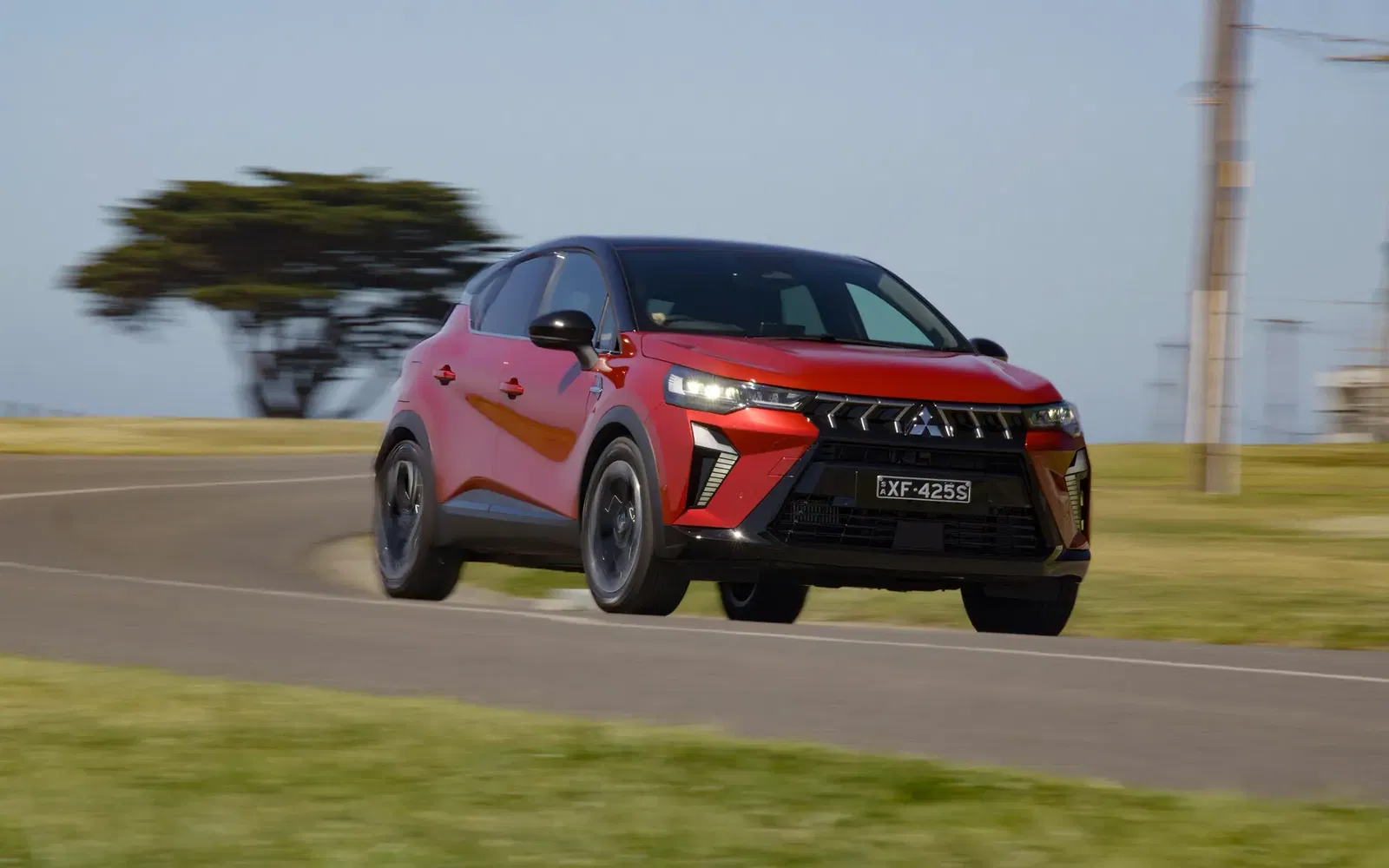
However, the one thing you certainly can’t ignore is its asking price. To settle on the new ASX, you have to say no to the likes of the cheap Chery Tiggo 4, the hybrid-powered Toyota Corolla Cross, the quirky and rugged Renault Duster, and the premium Volkswagen T-Roc.
As listed above, the ASX isn’t without its positive attributes, but whether or not these elements will be enough for buyers to fork out nearly 40 grand for the base model and almost 50 grand for the top spec remains to be seen.
However, given its faults as well as its competition, the ASX will likely have a difficult time keeping itself in the small SUV conversation.
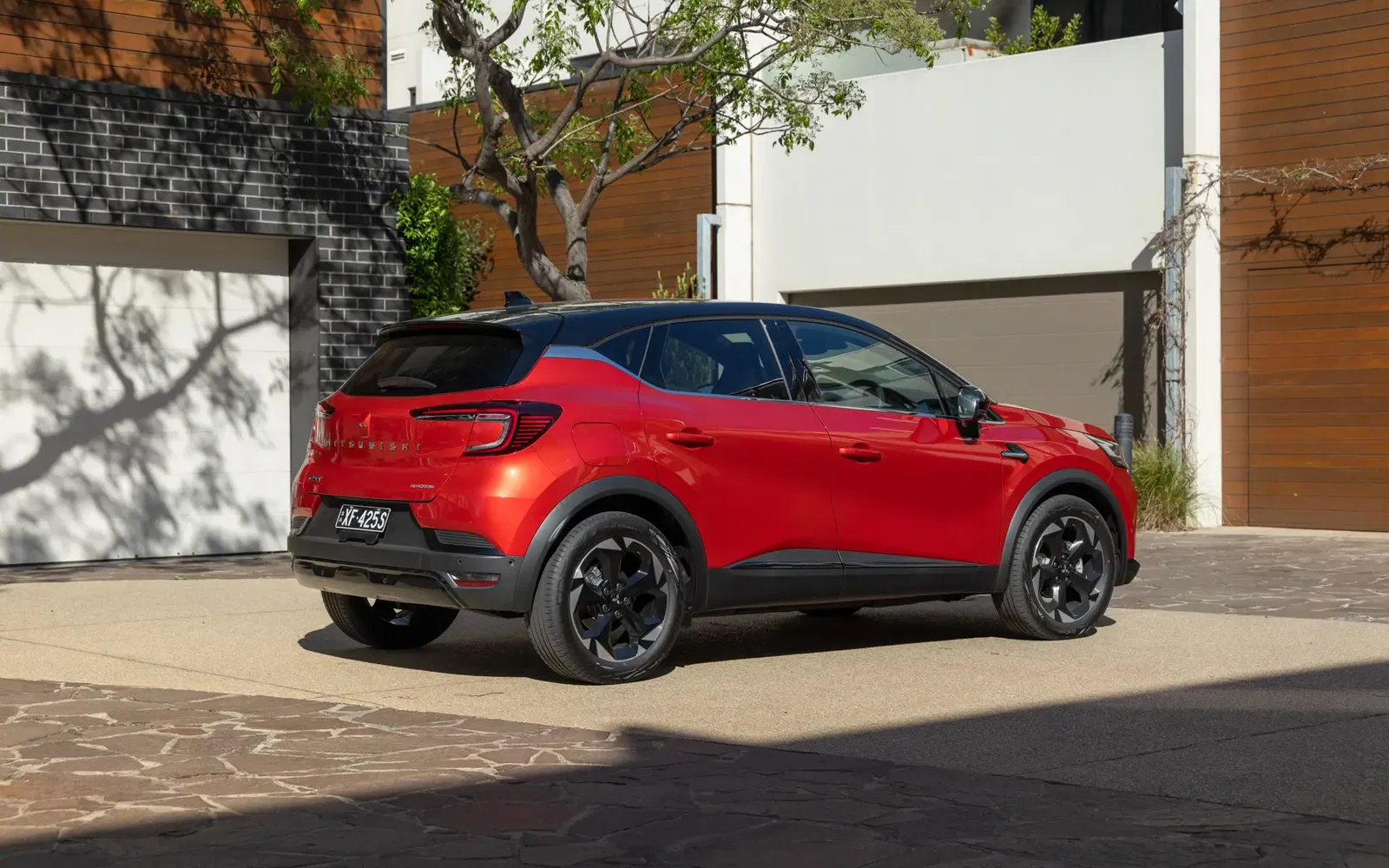
Saucey rating breakdown
Saucey rating breakdown
FAQ
Sign up to our newsletter
Be the first to know when we drop new car reviews.
.avif)

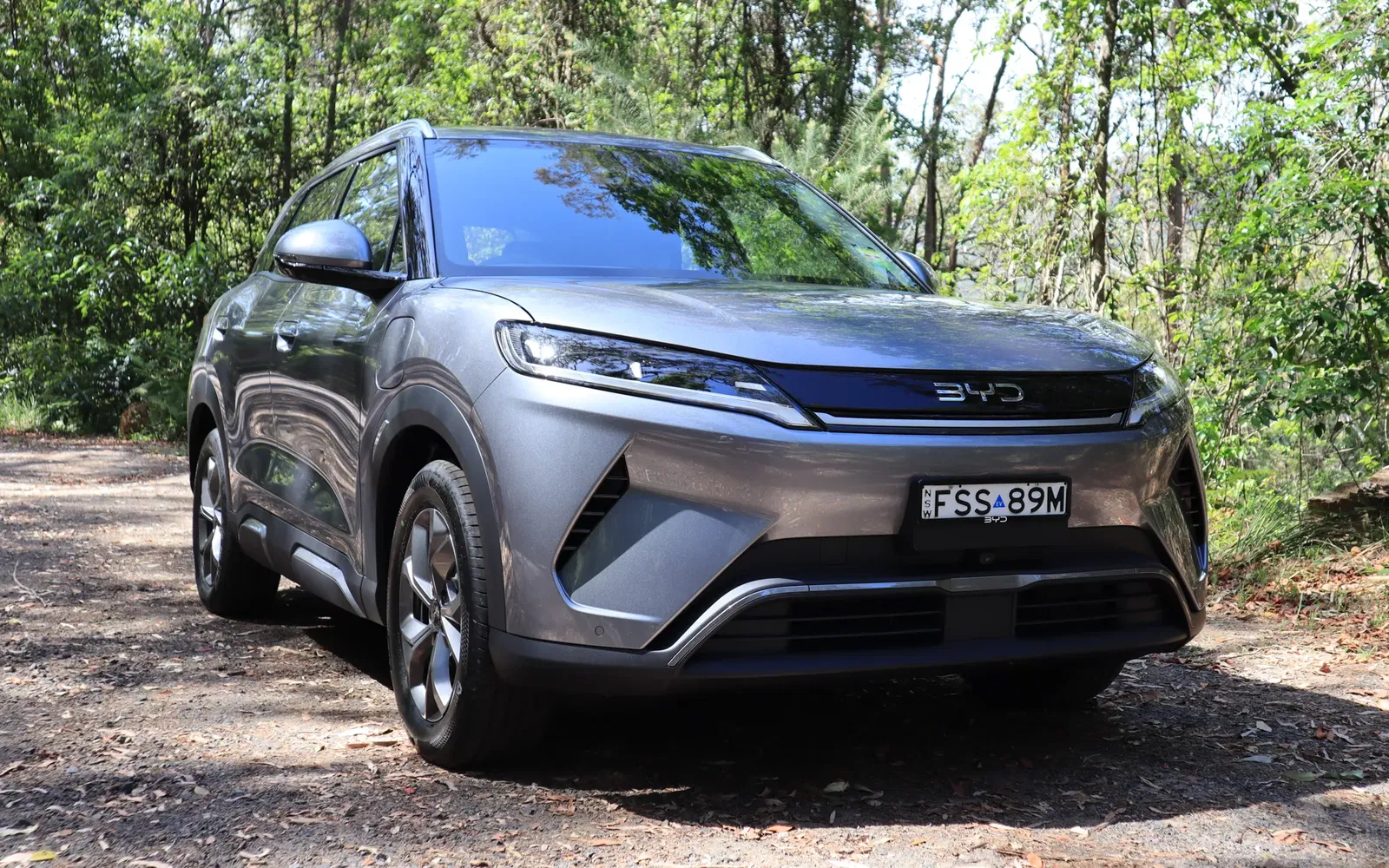

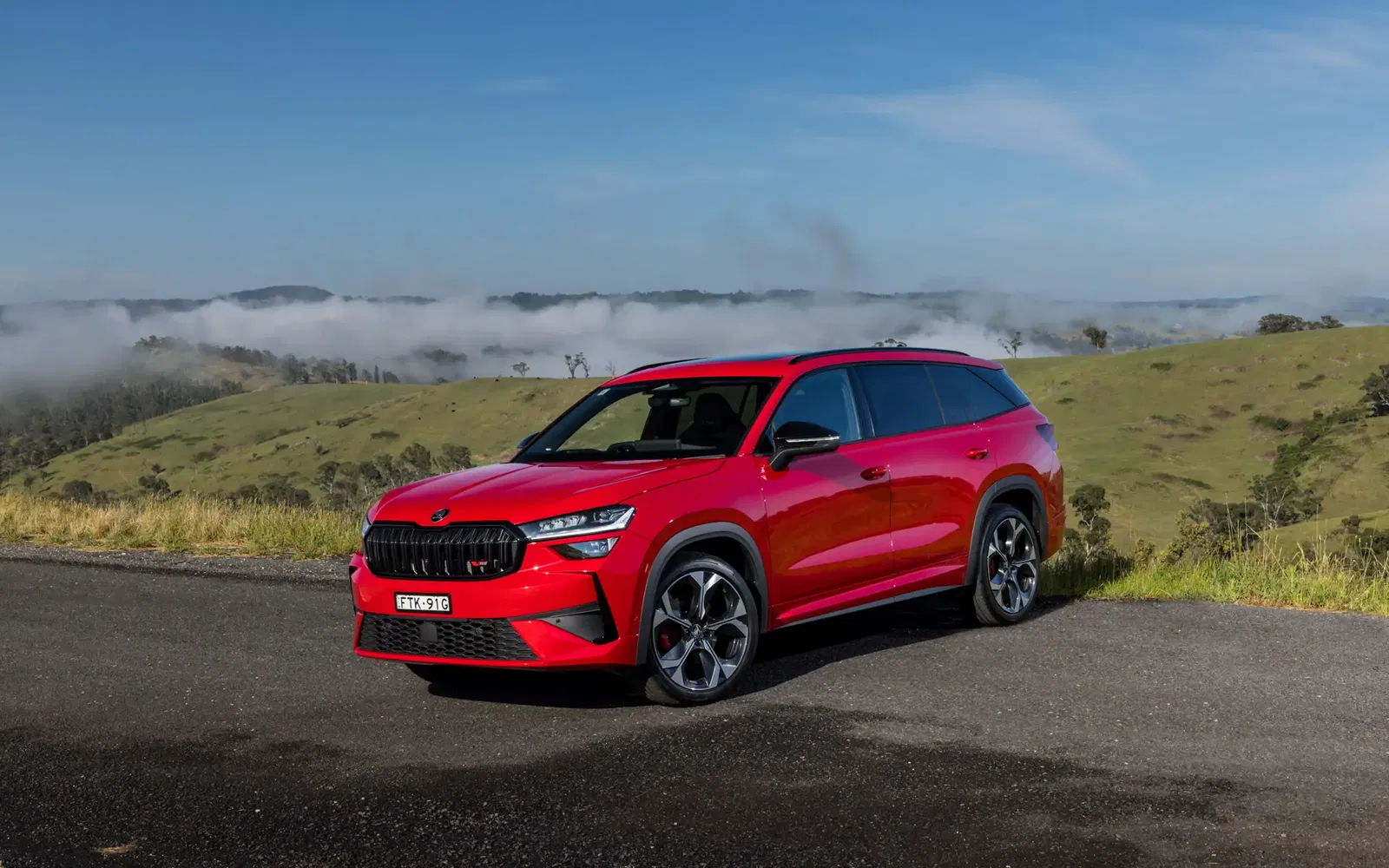
%20Calligraphy%20-%2003.webp)